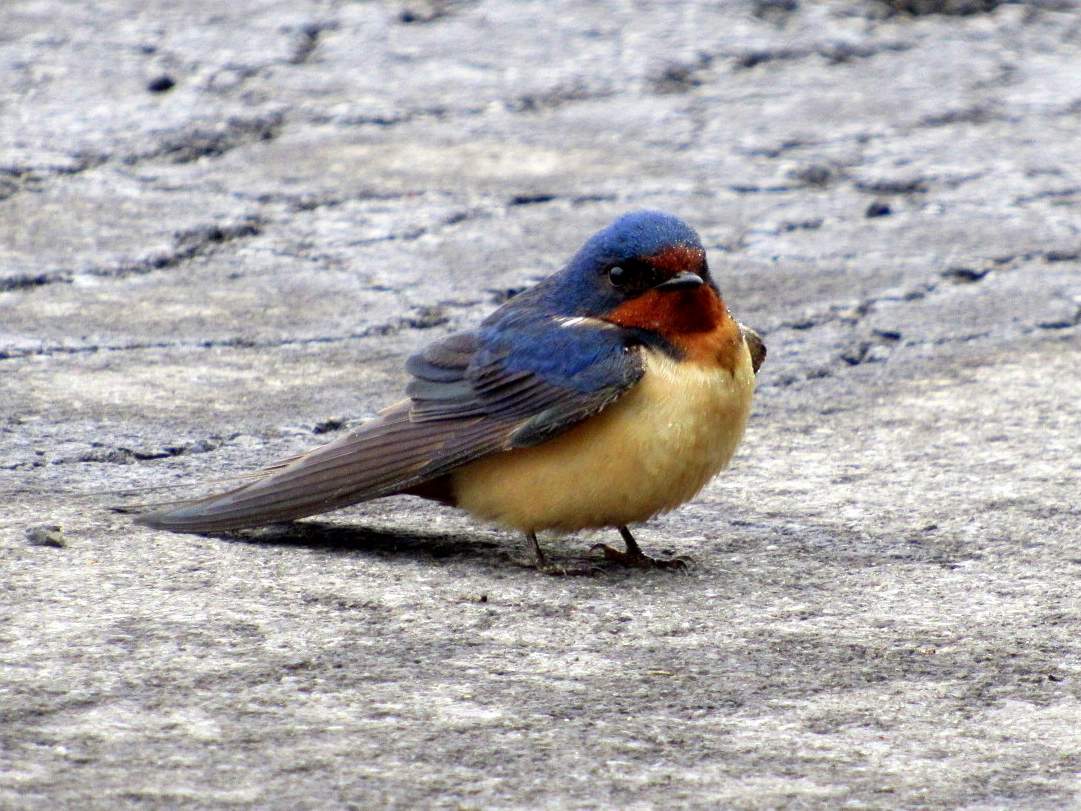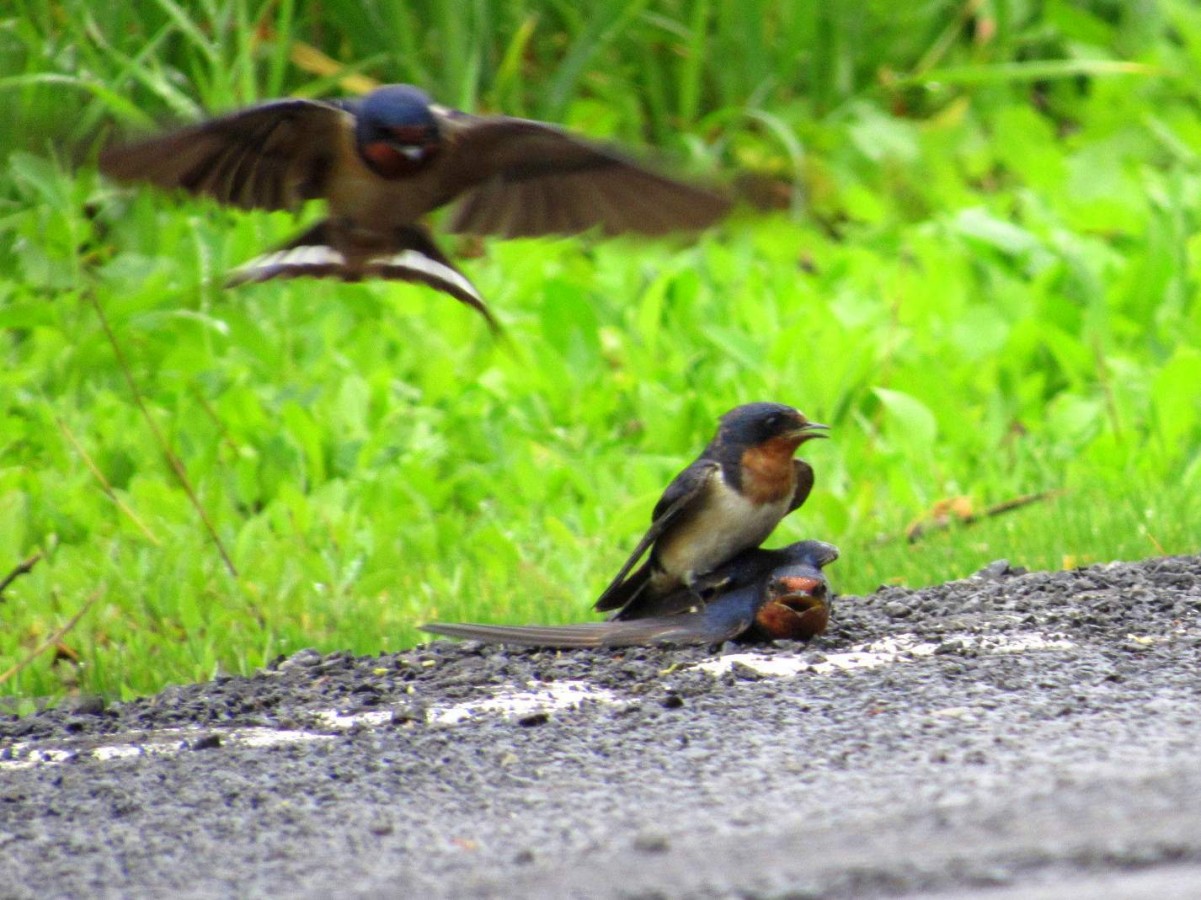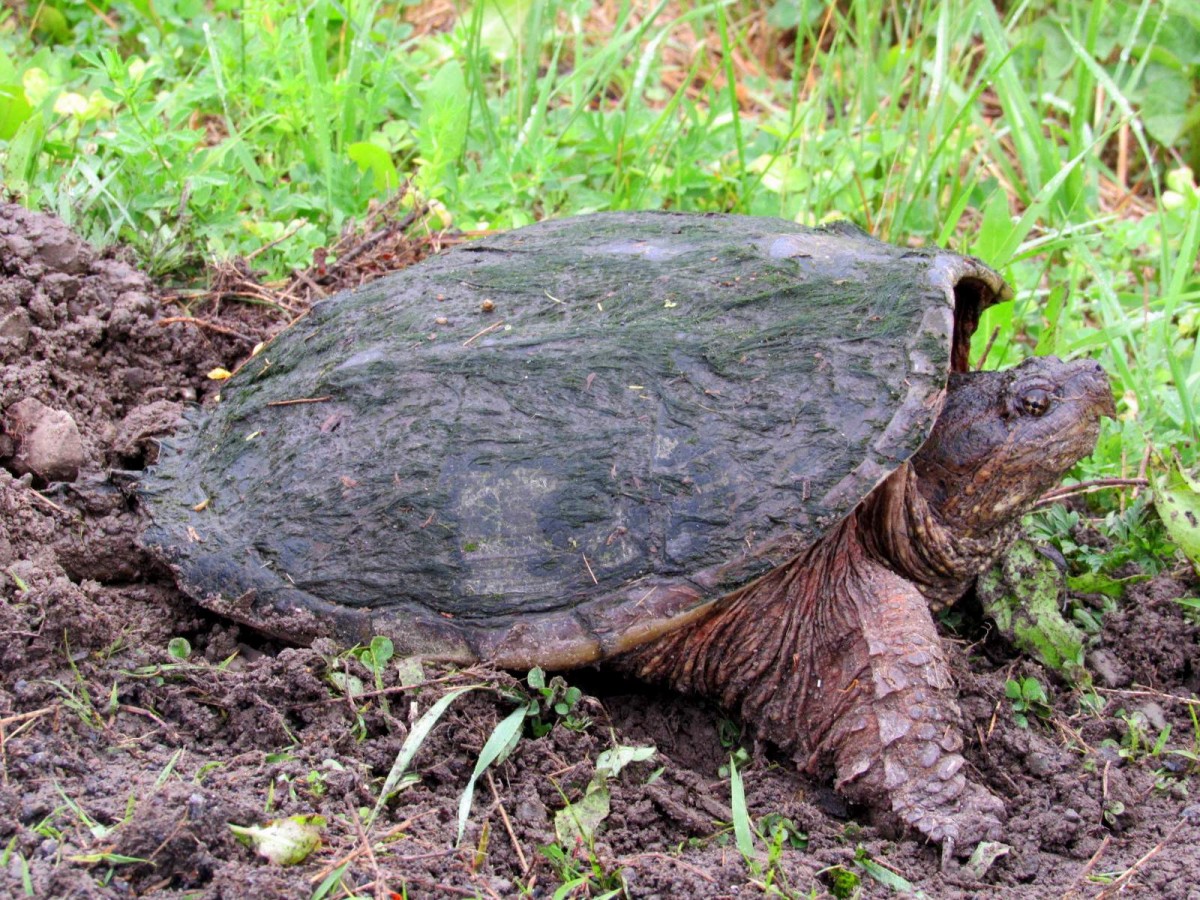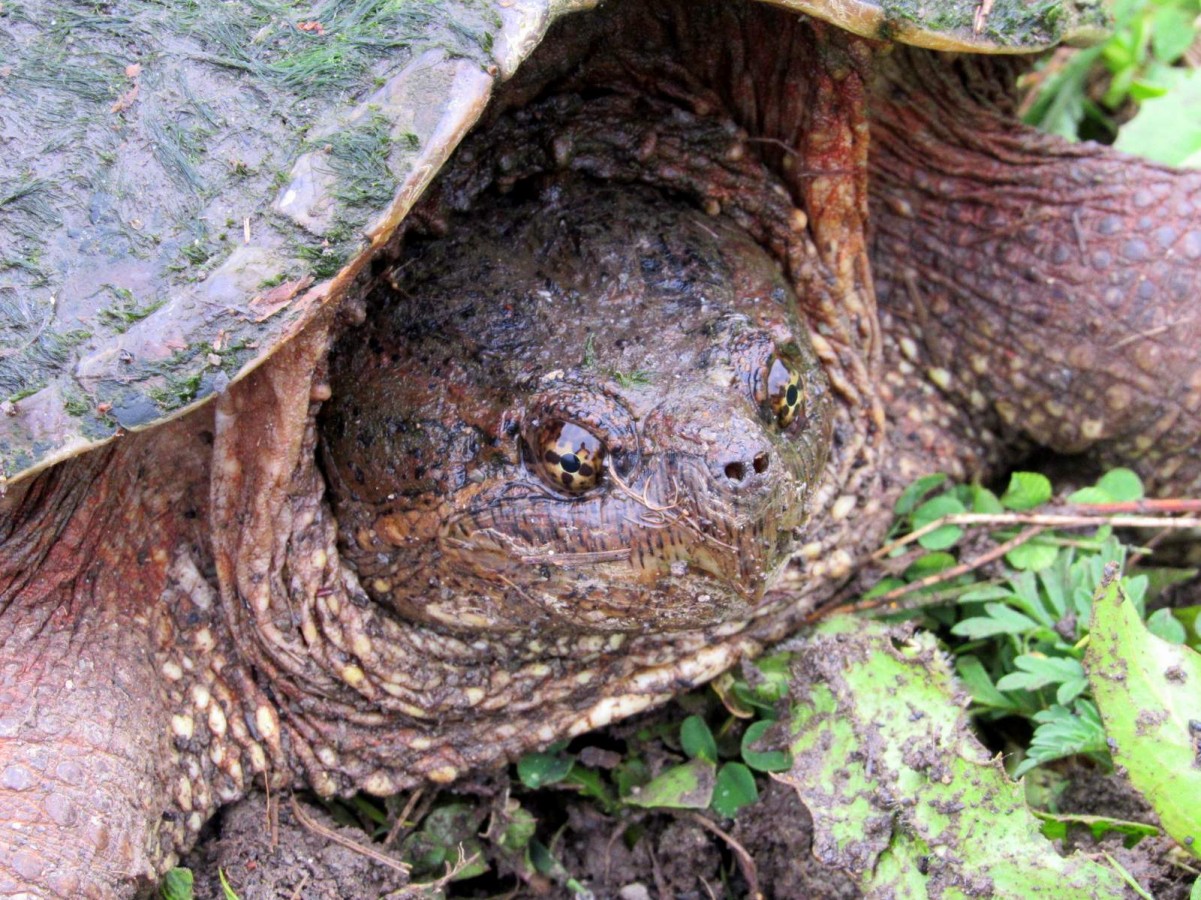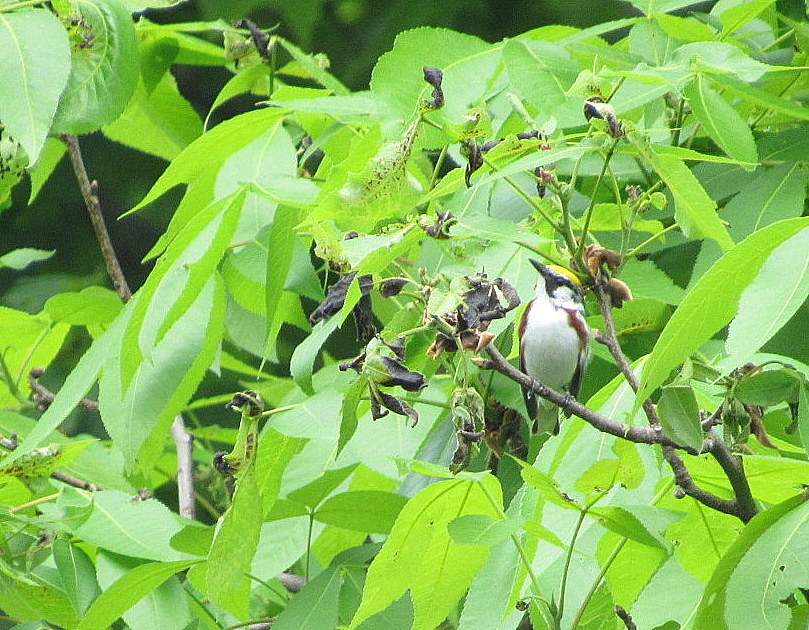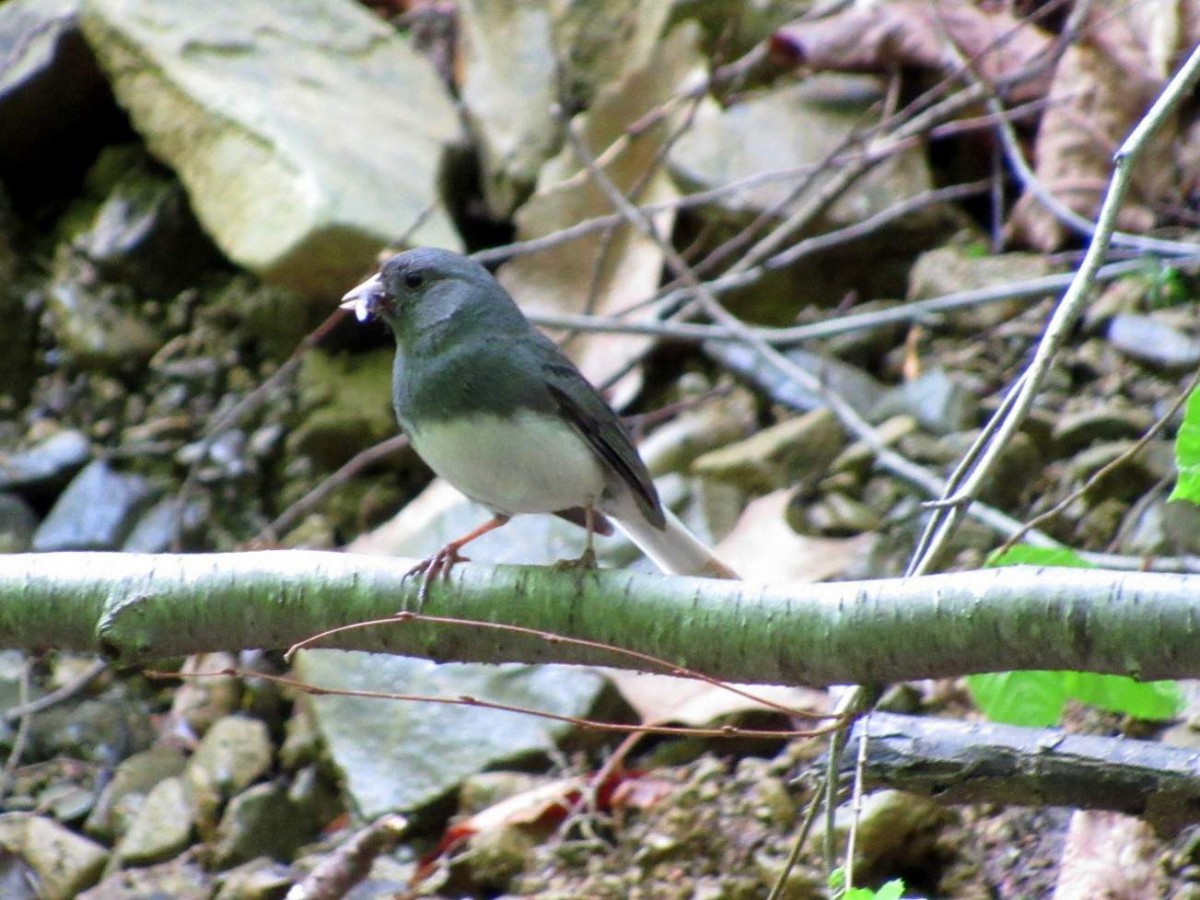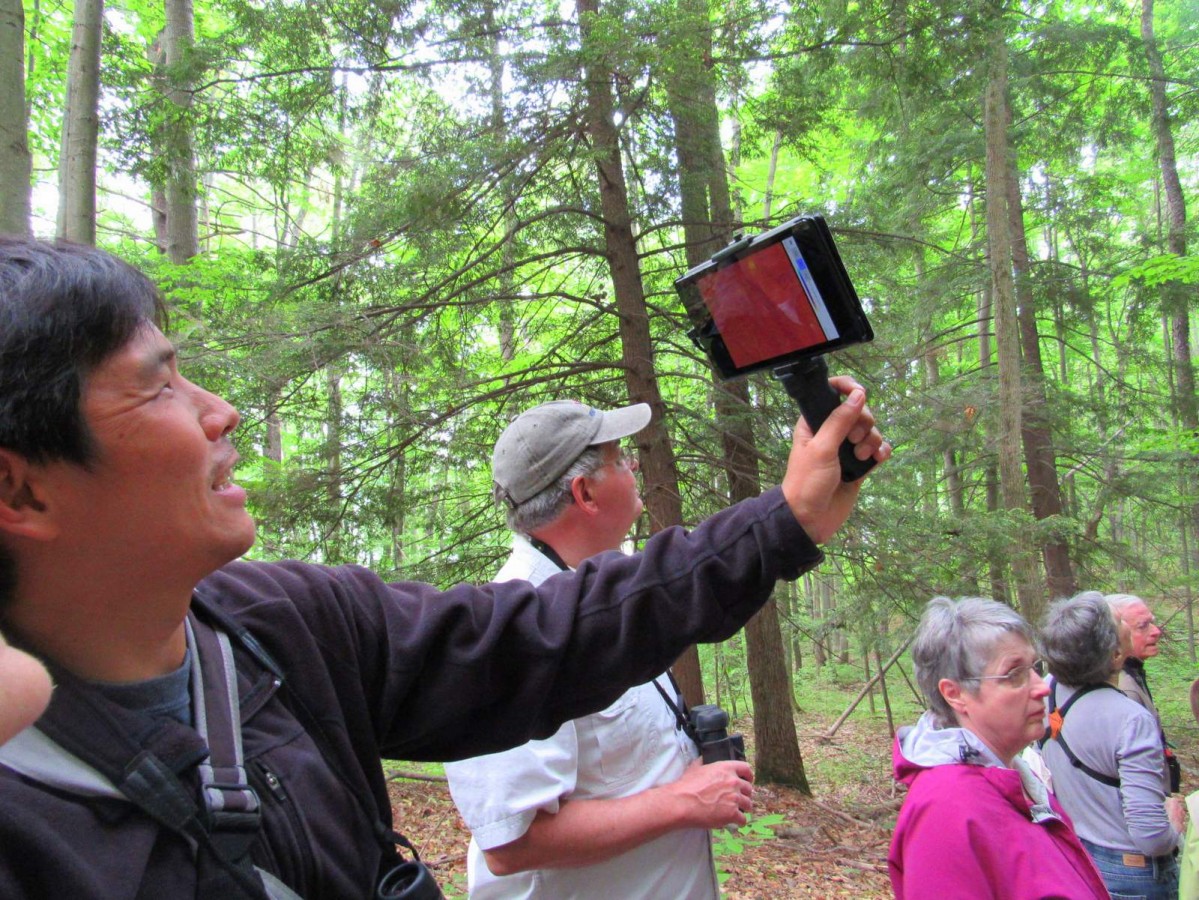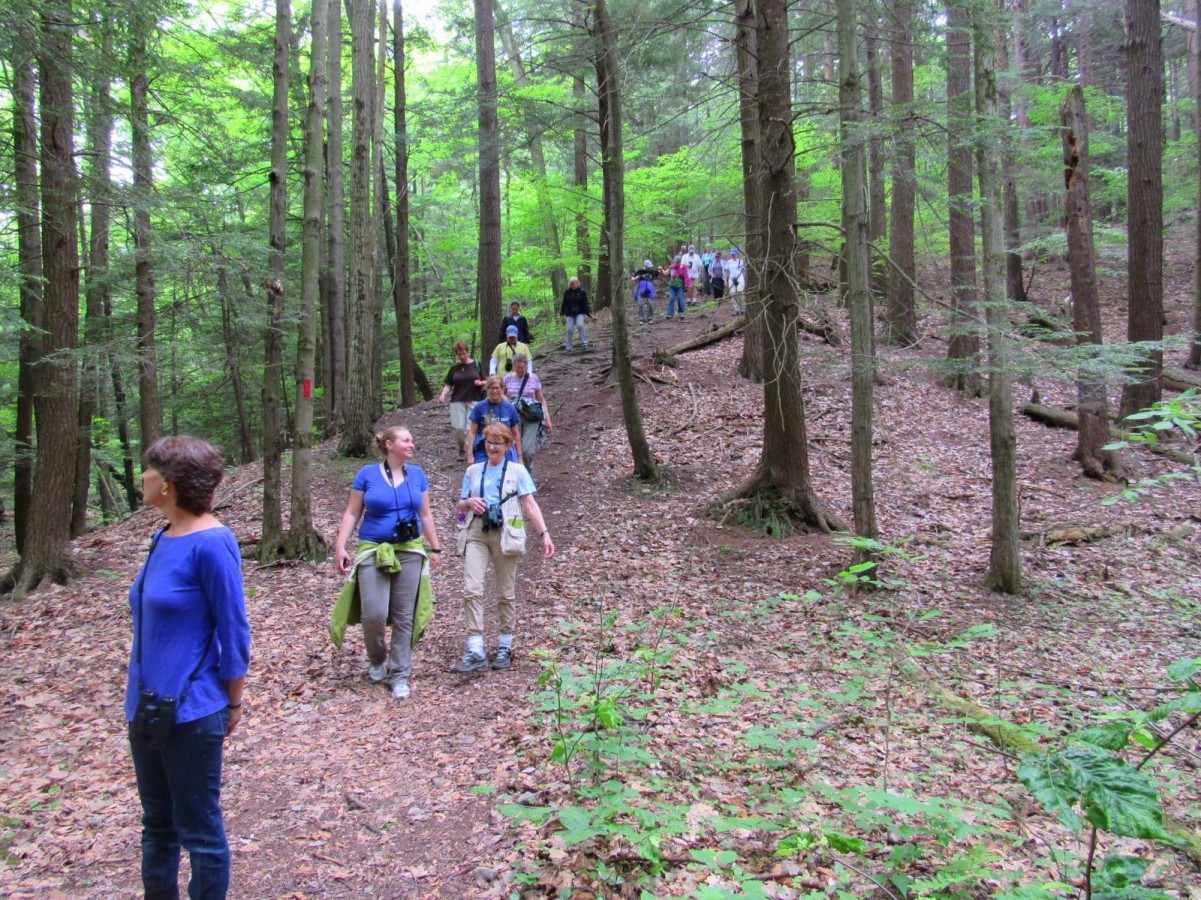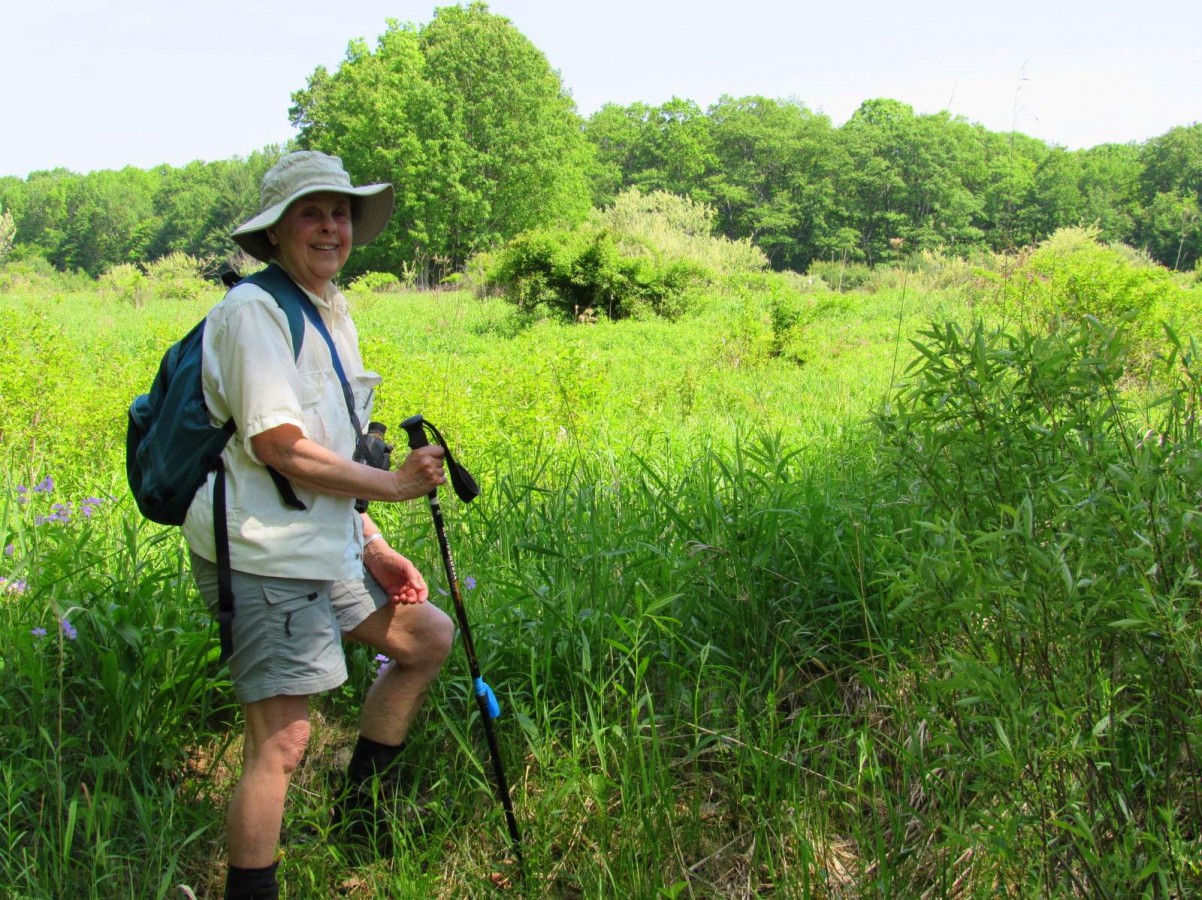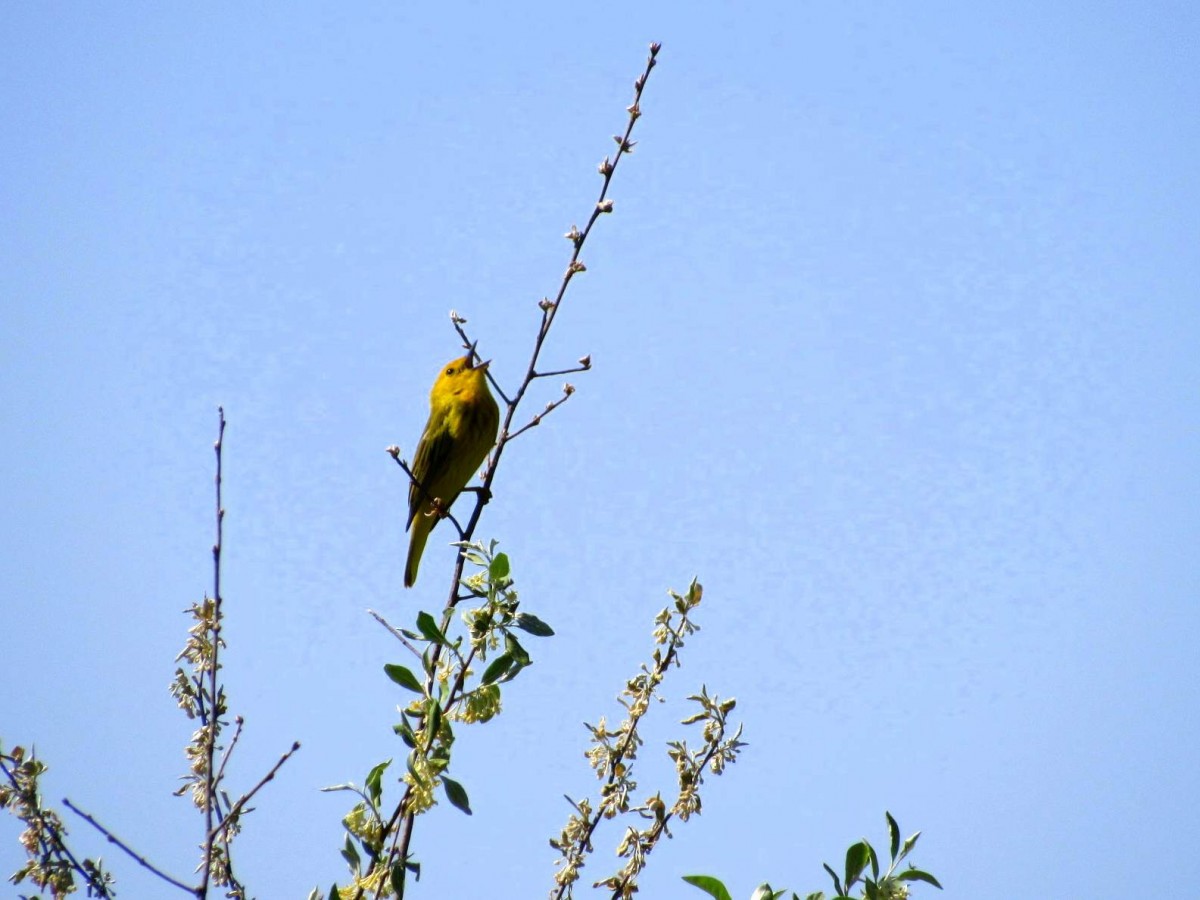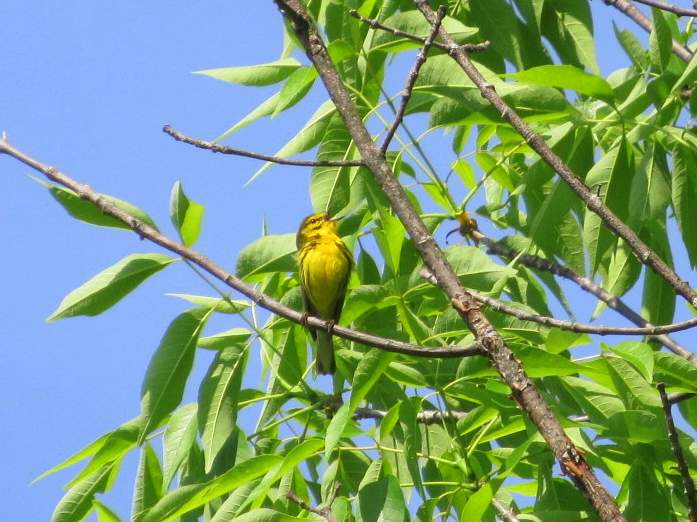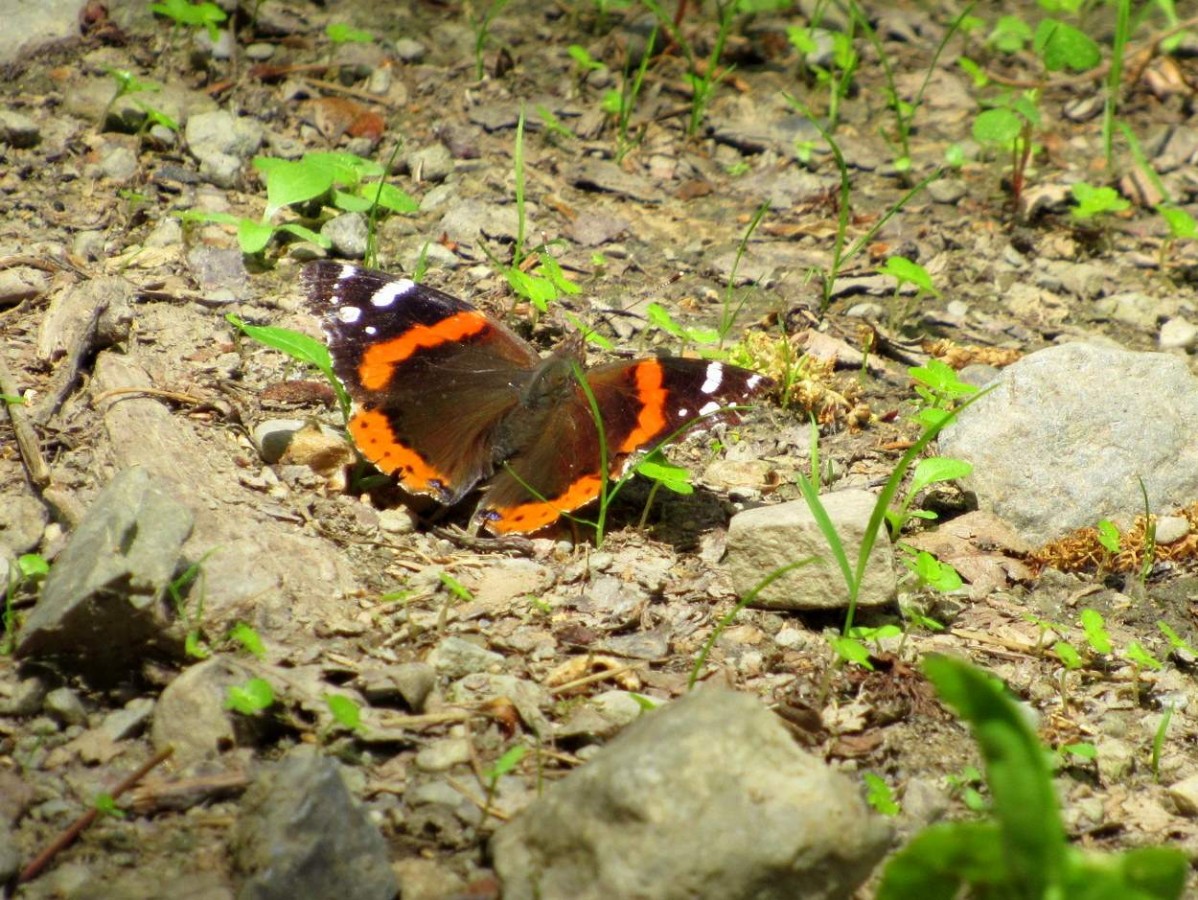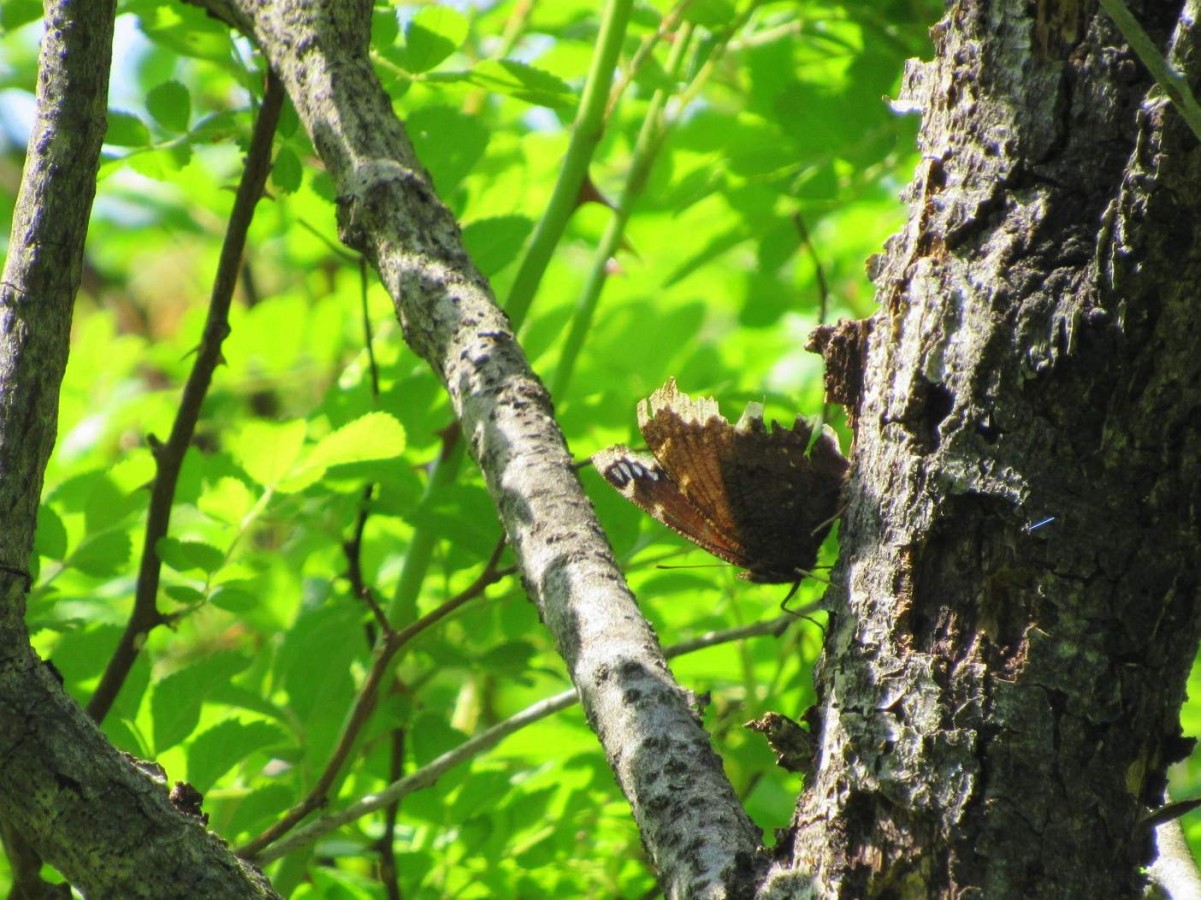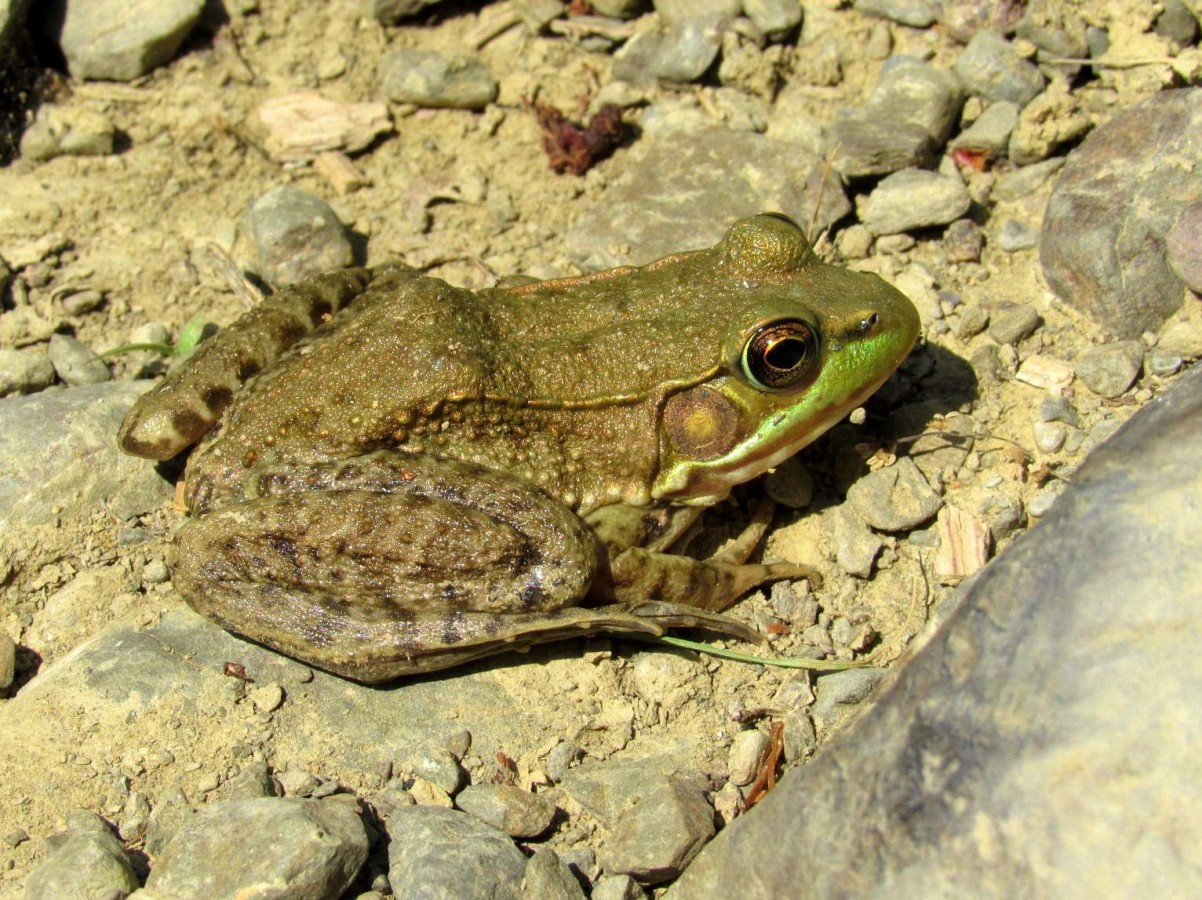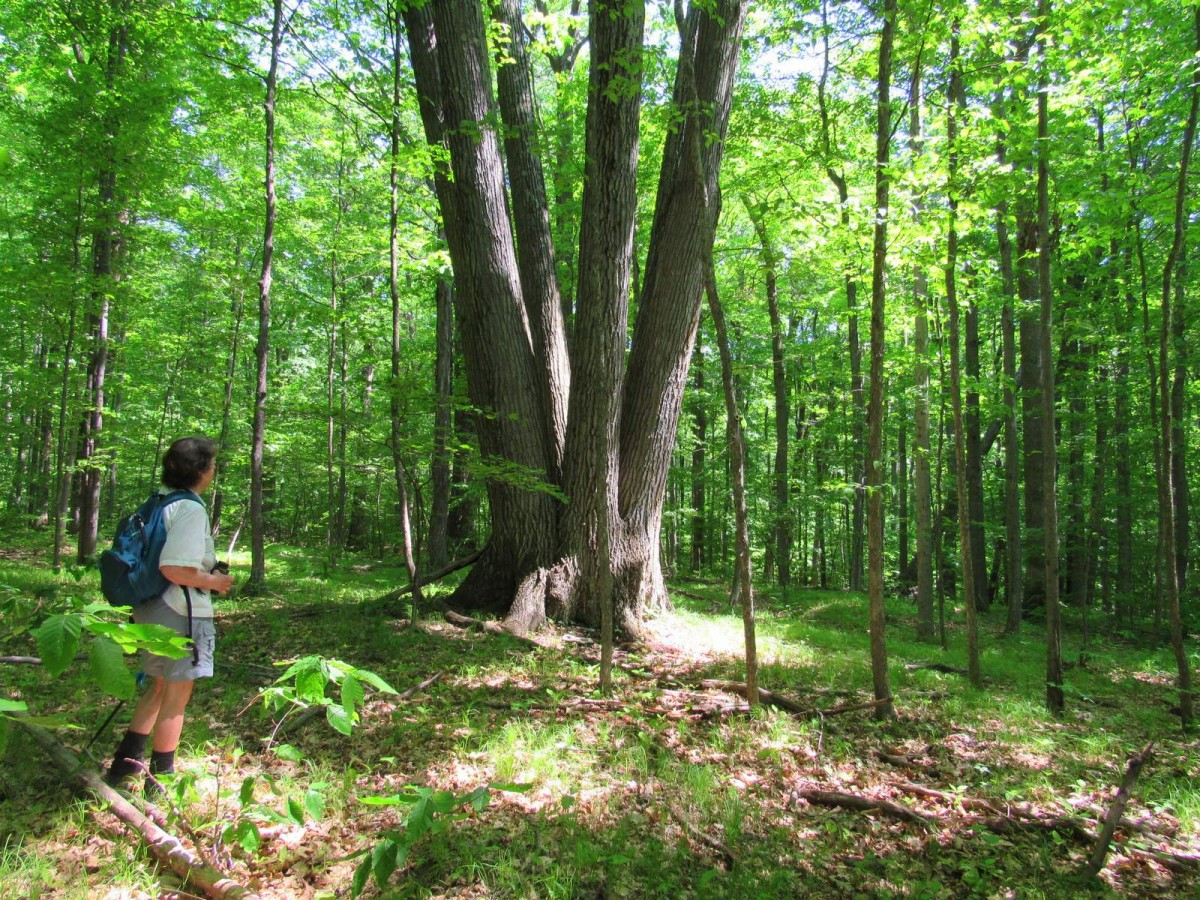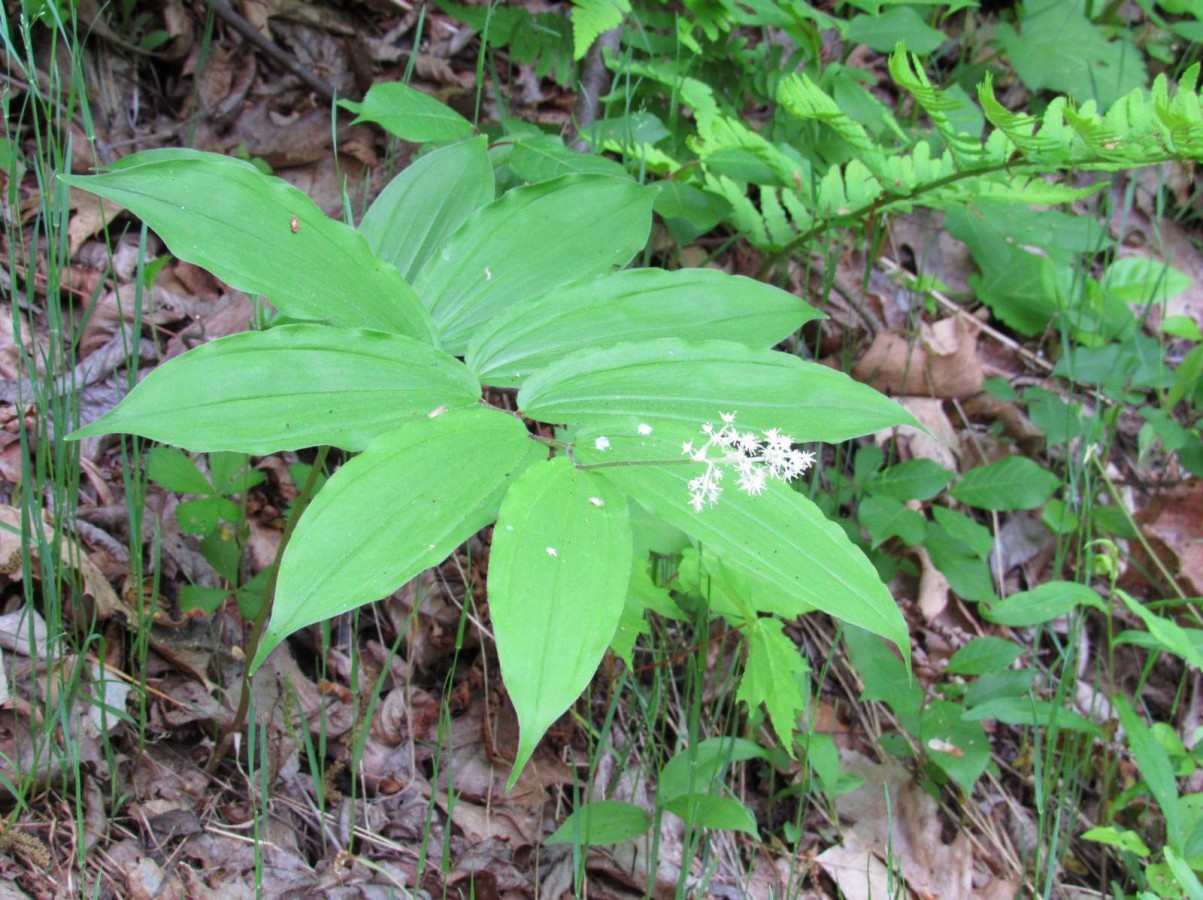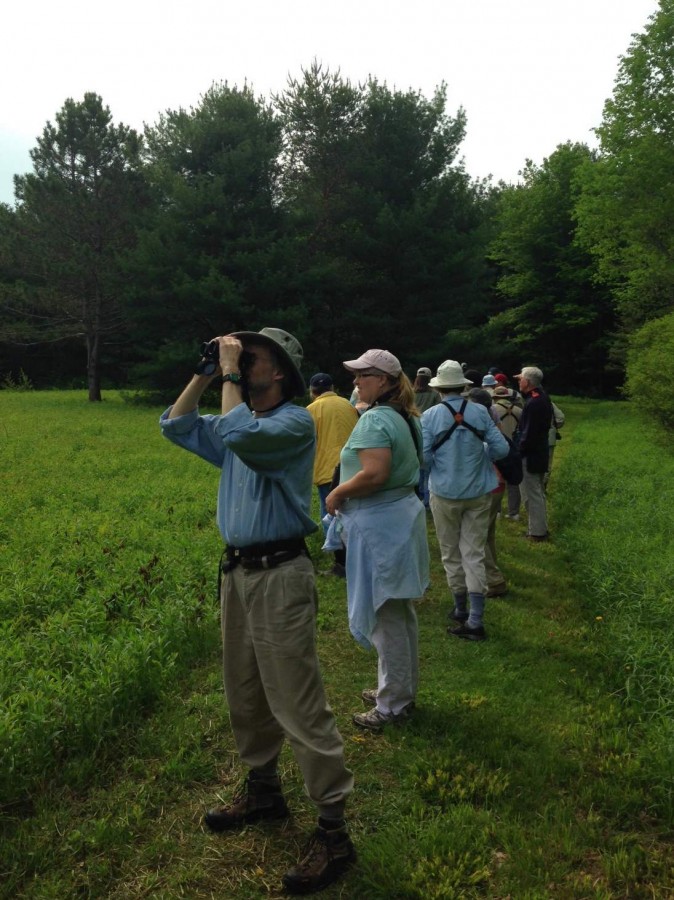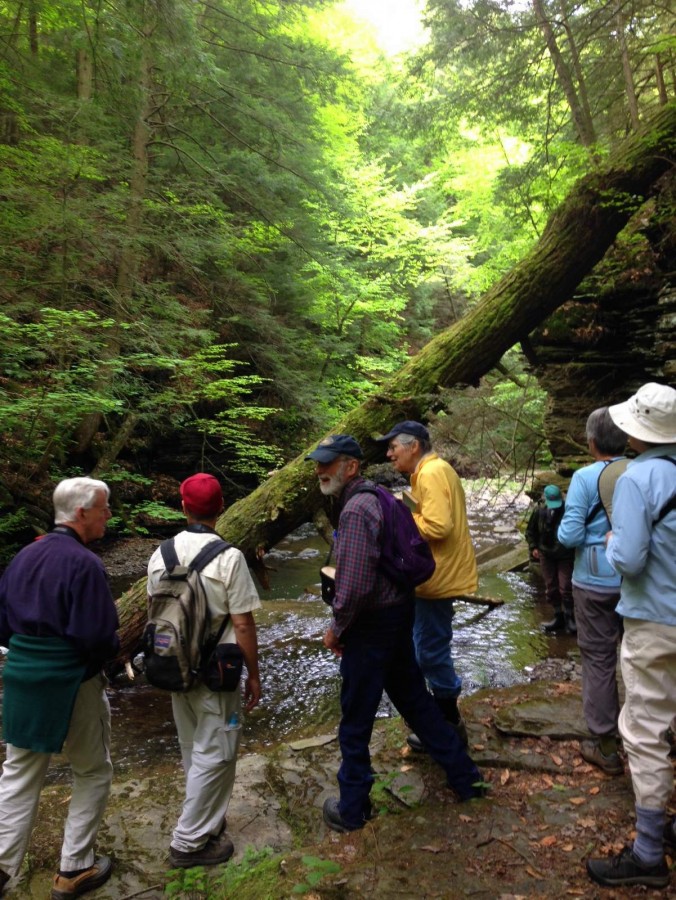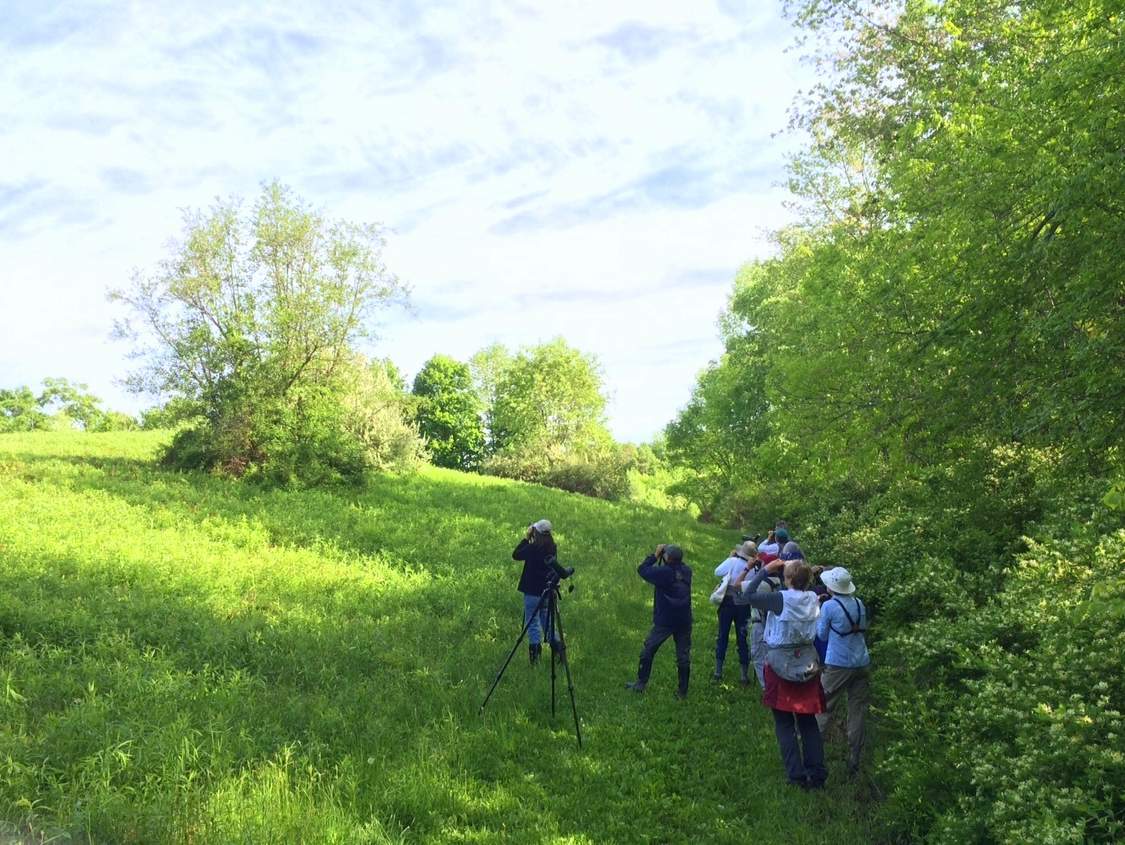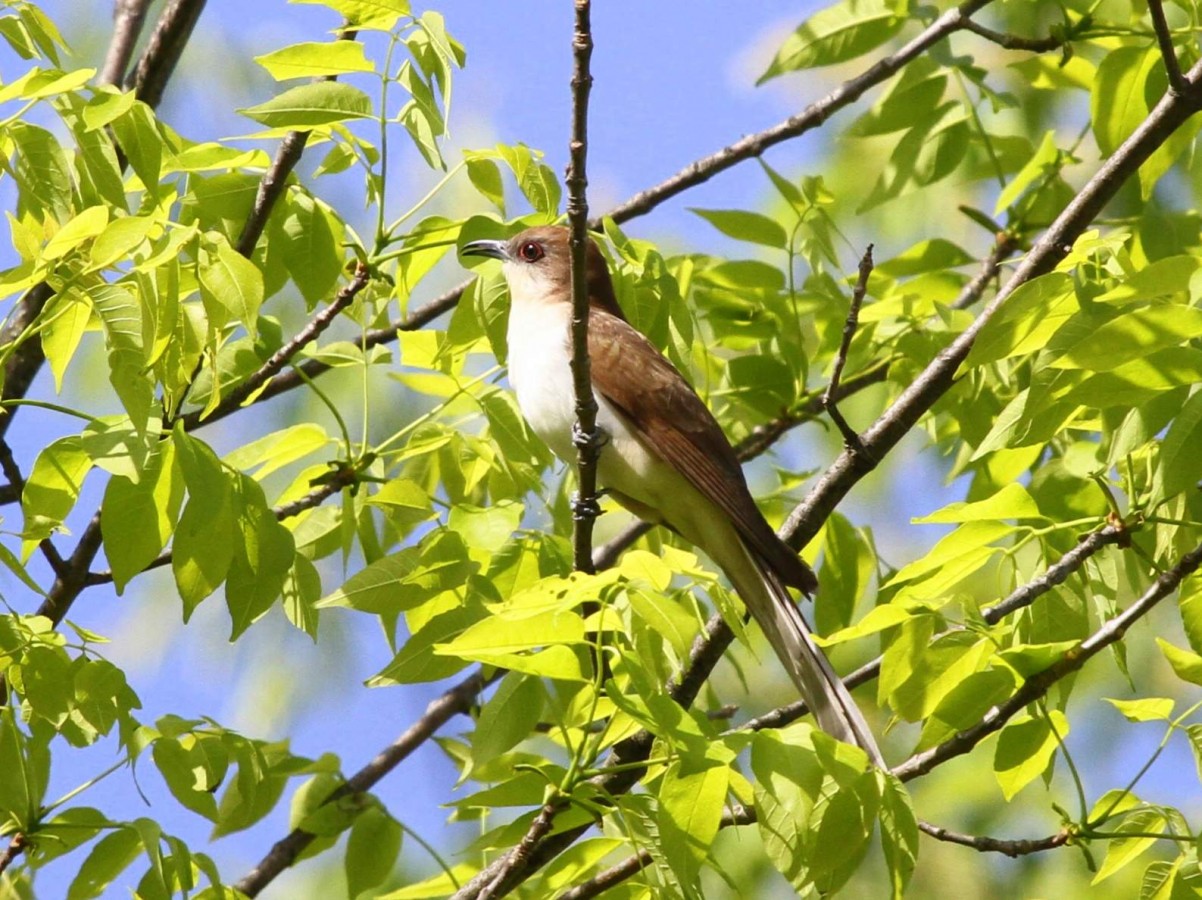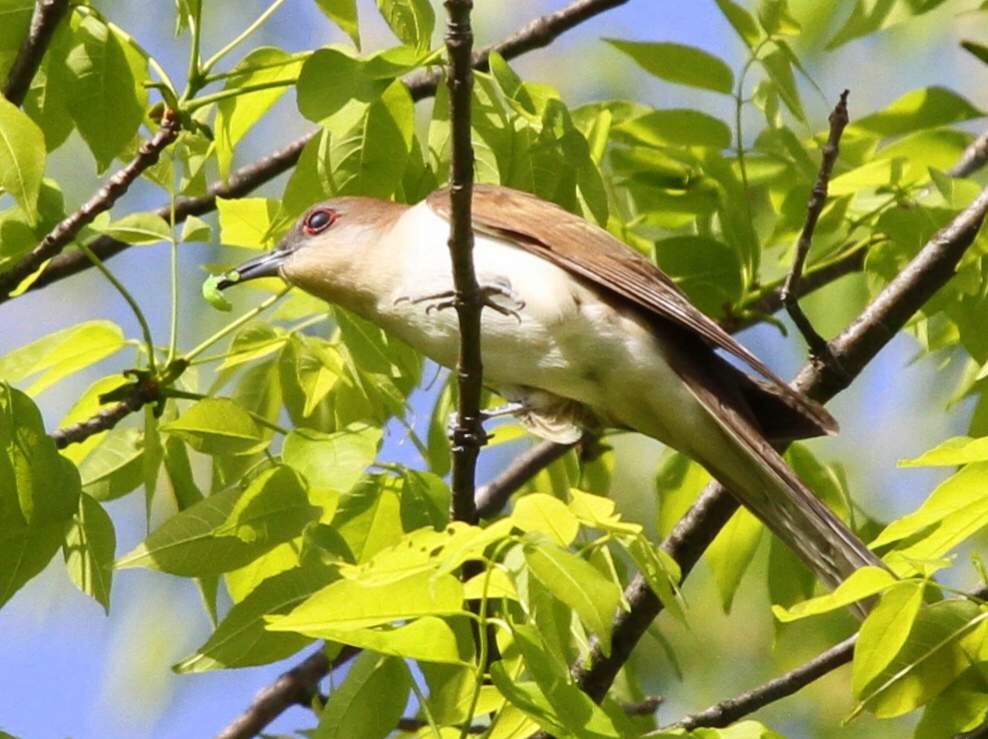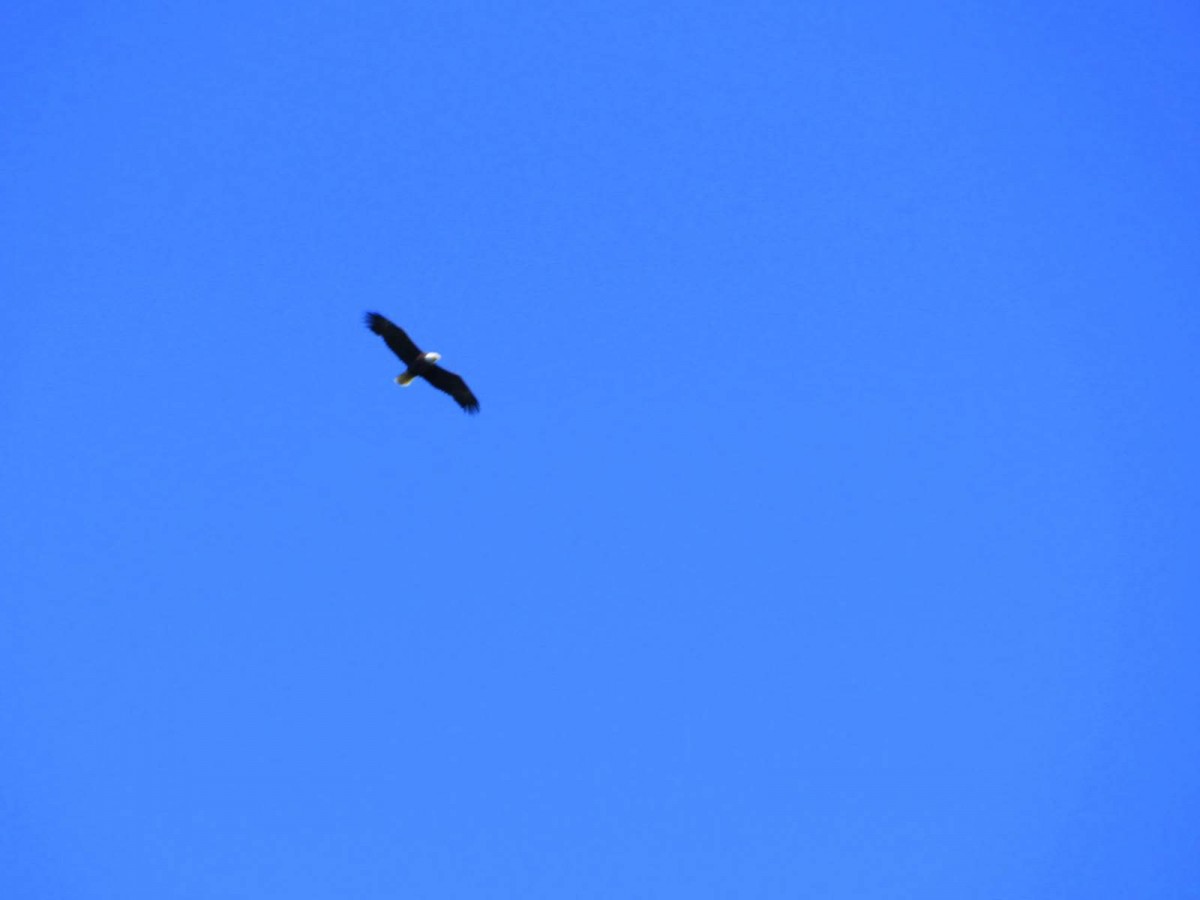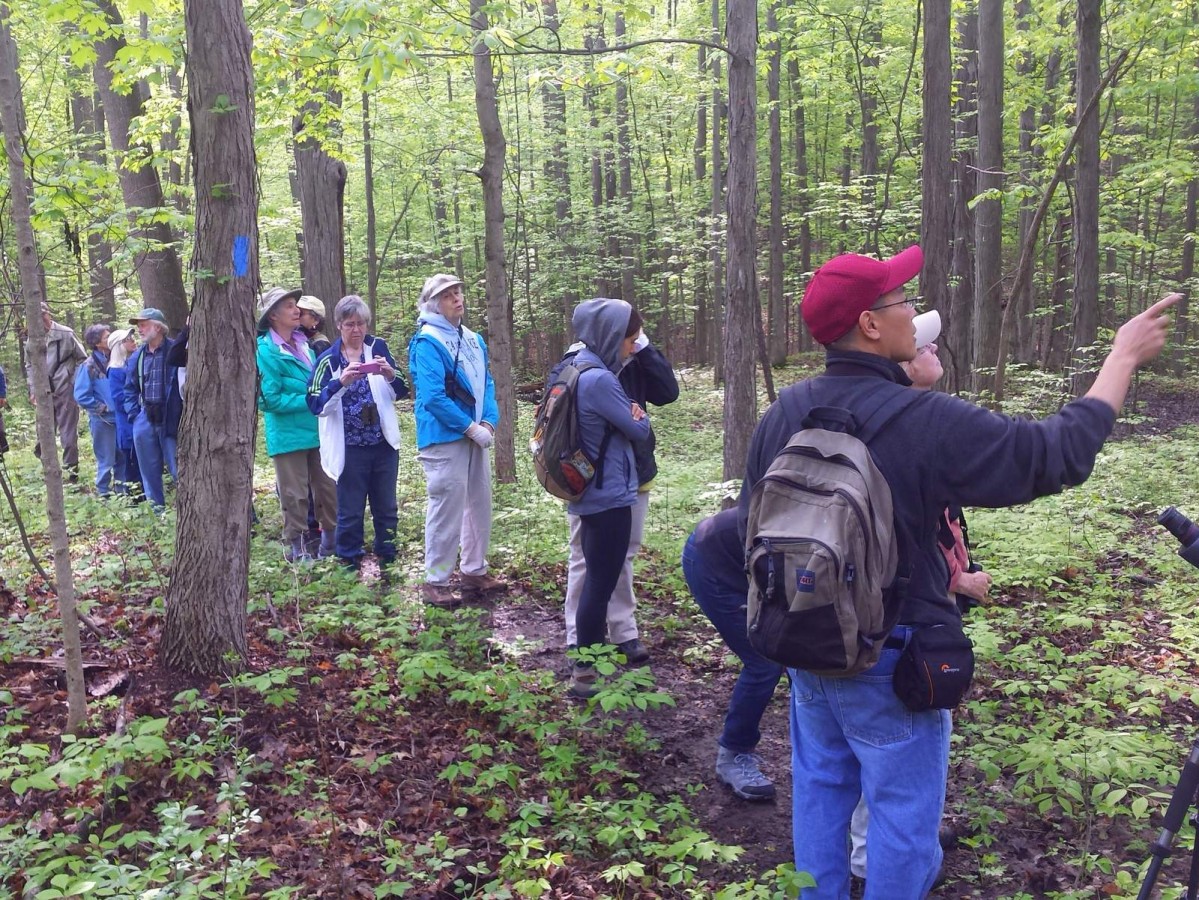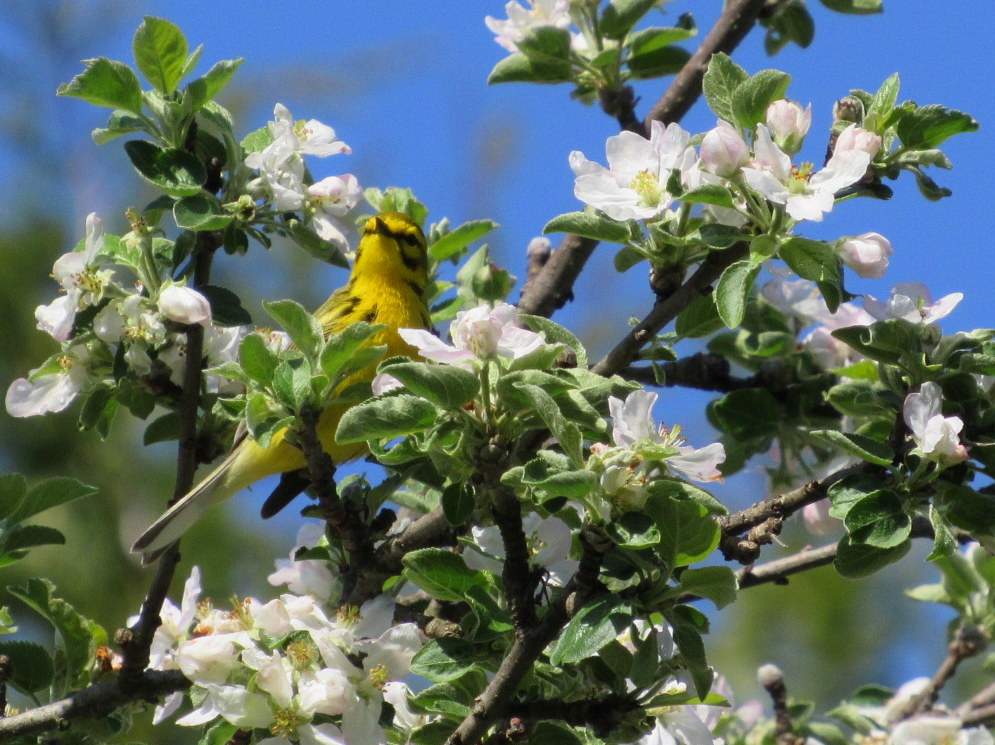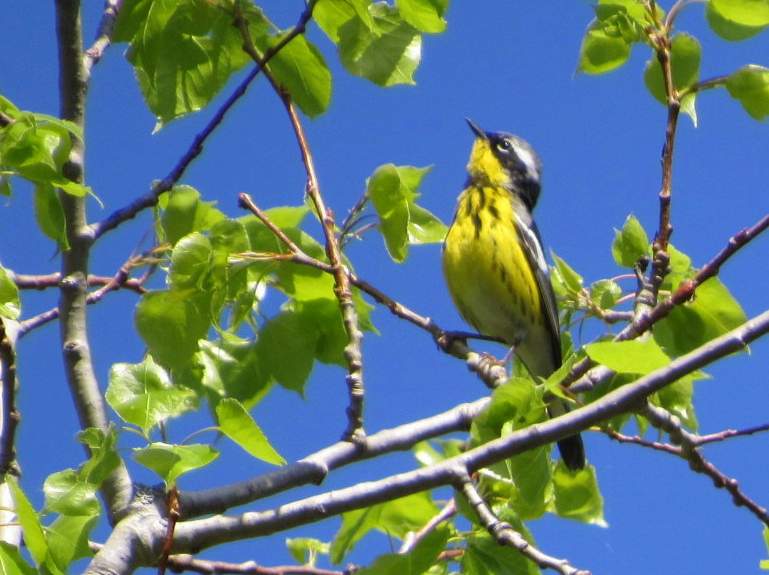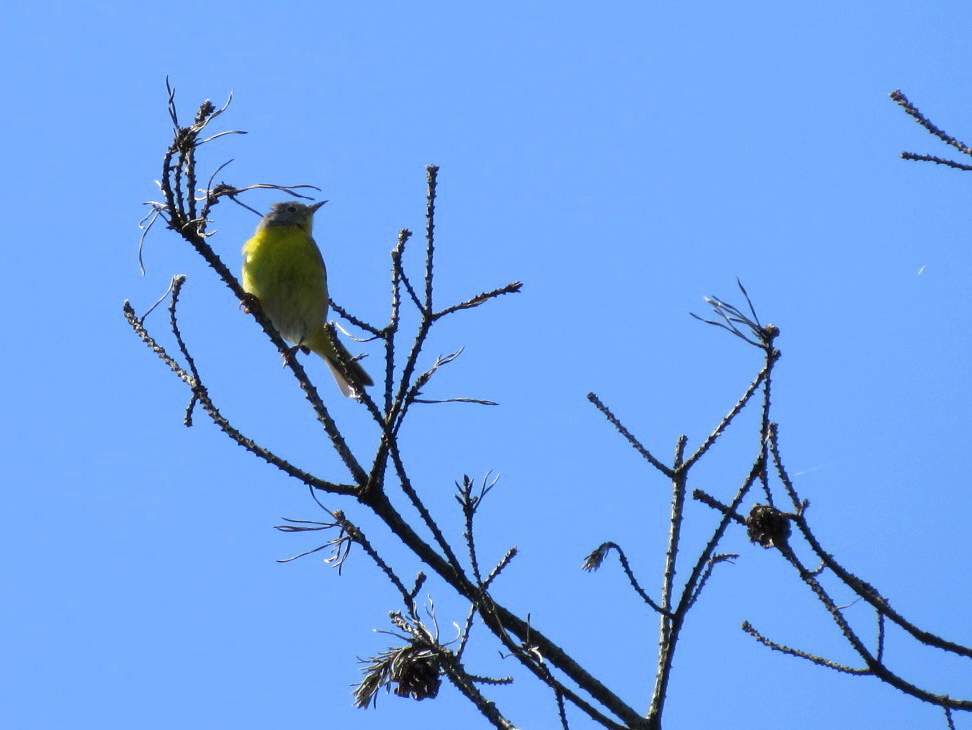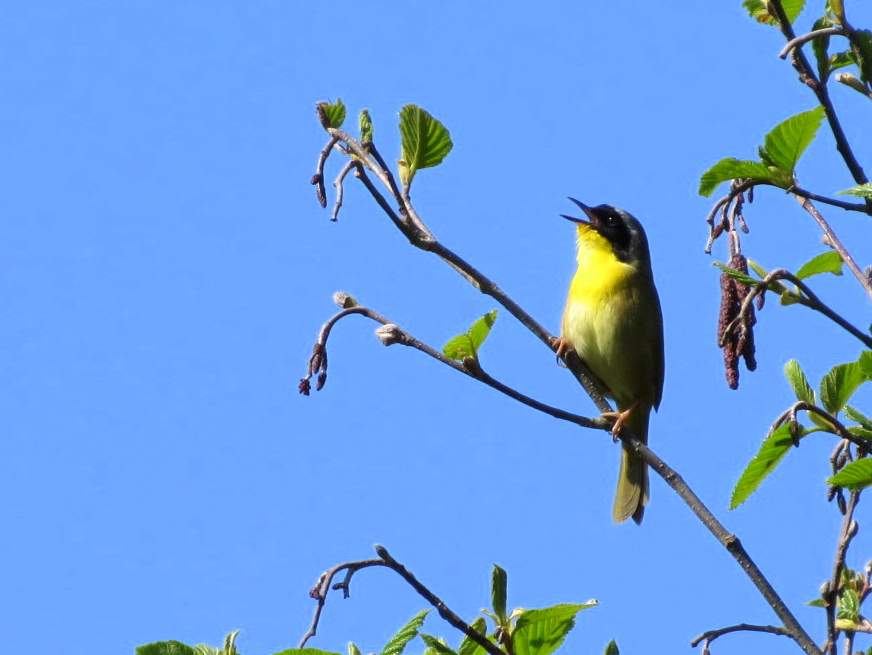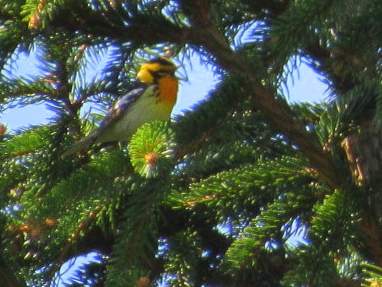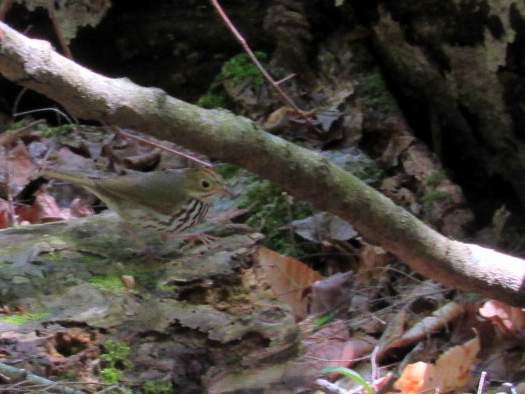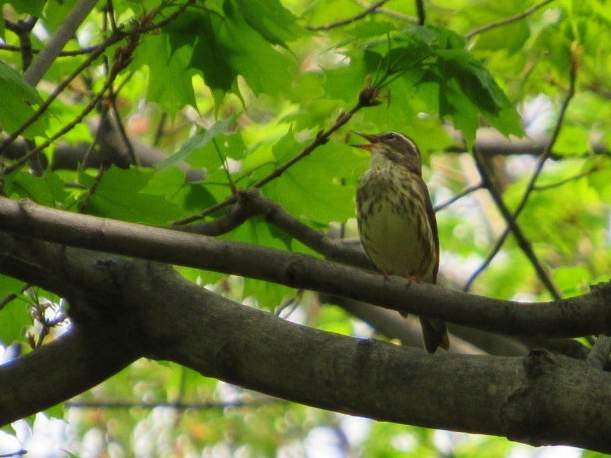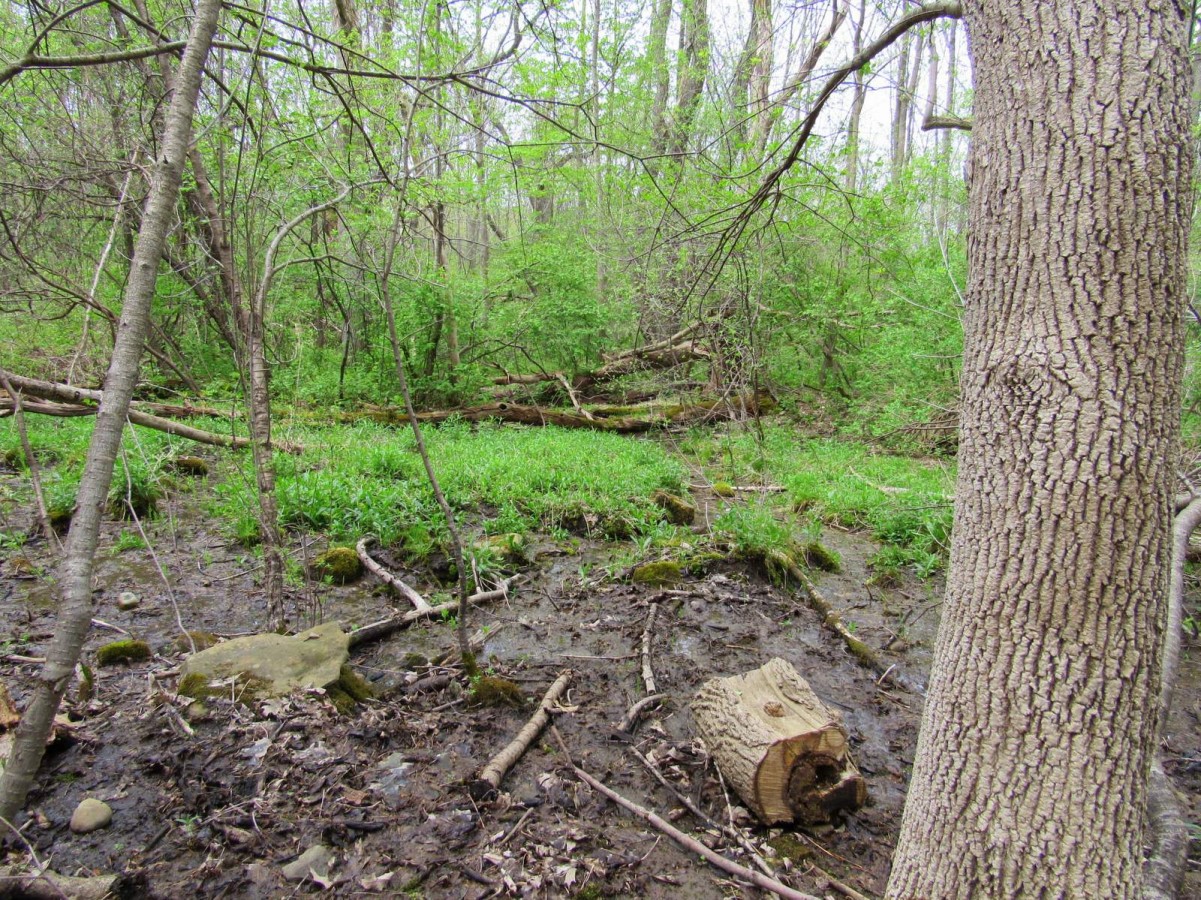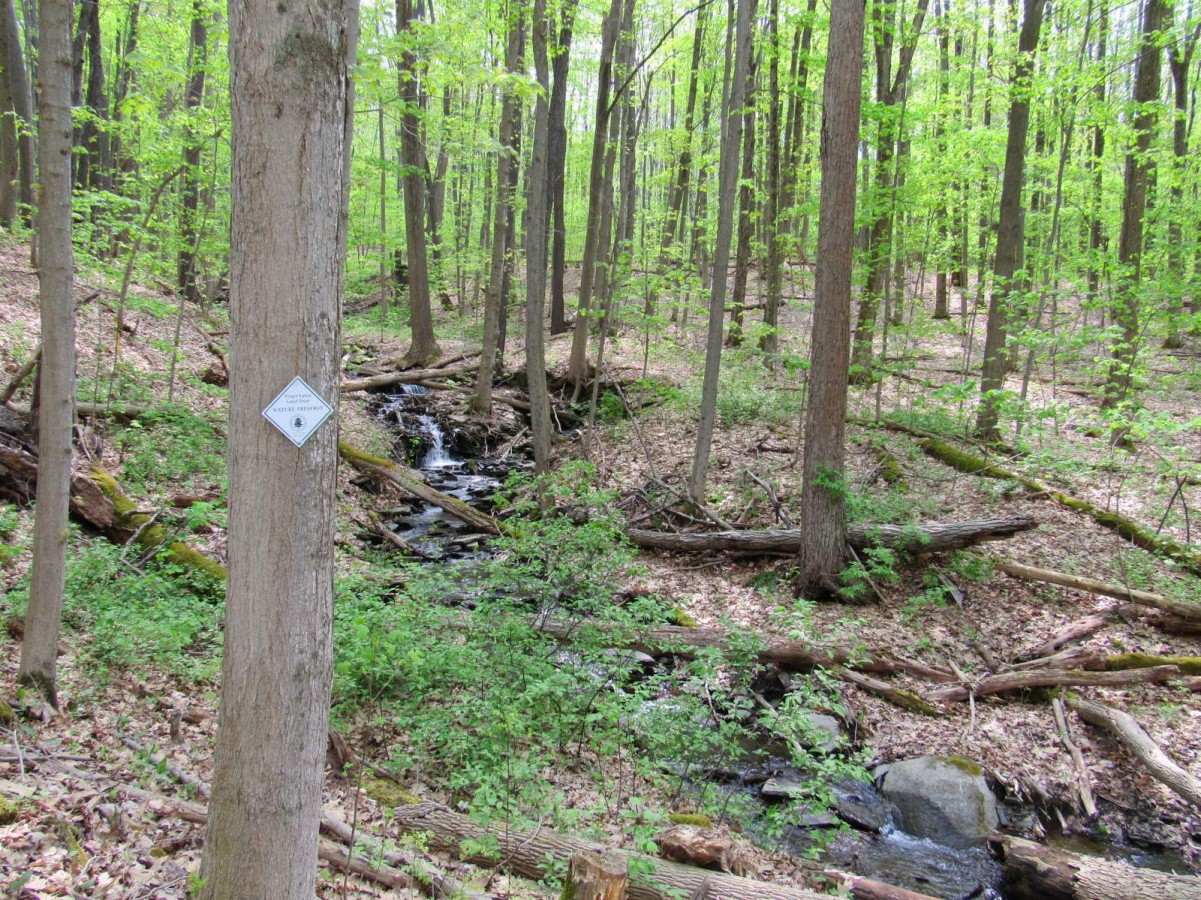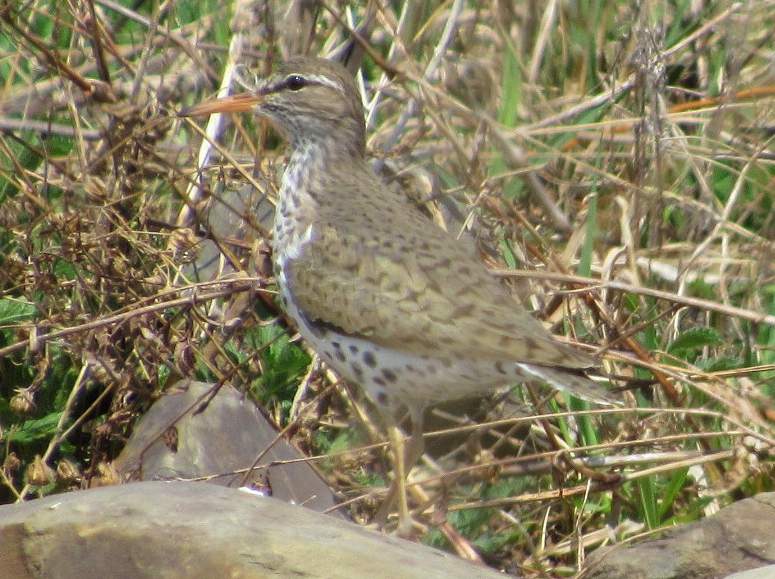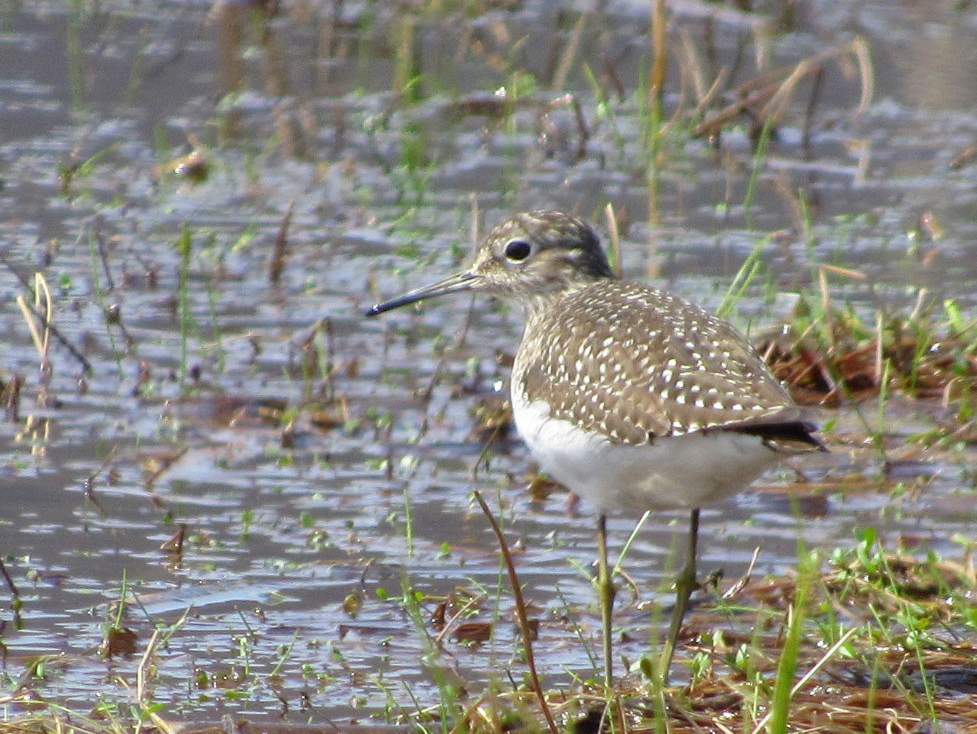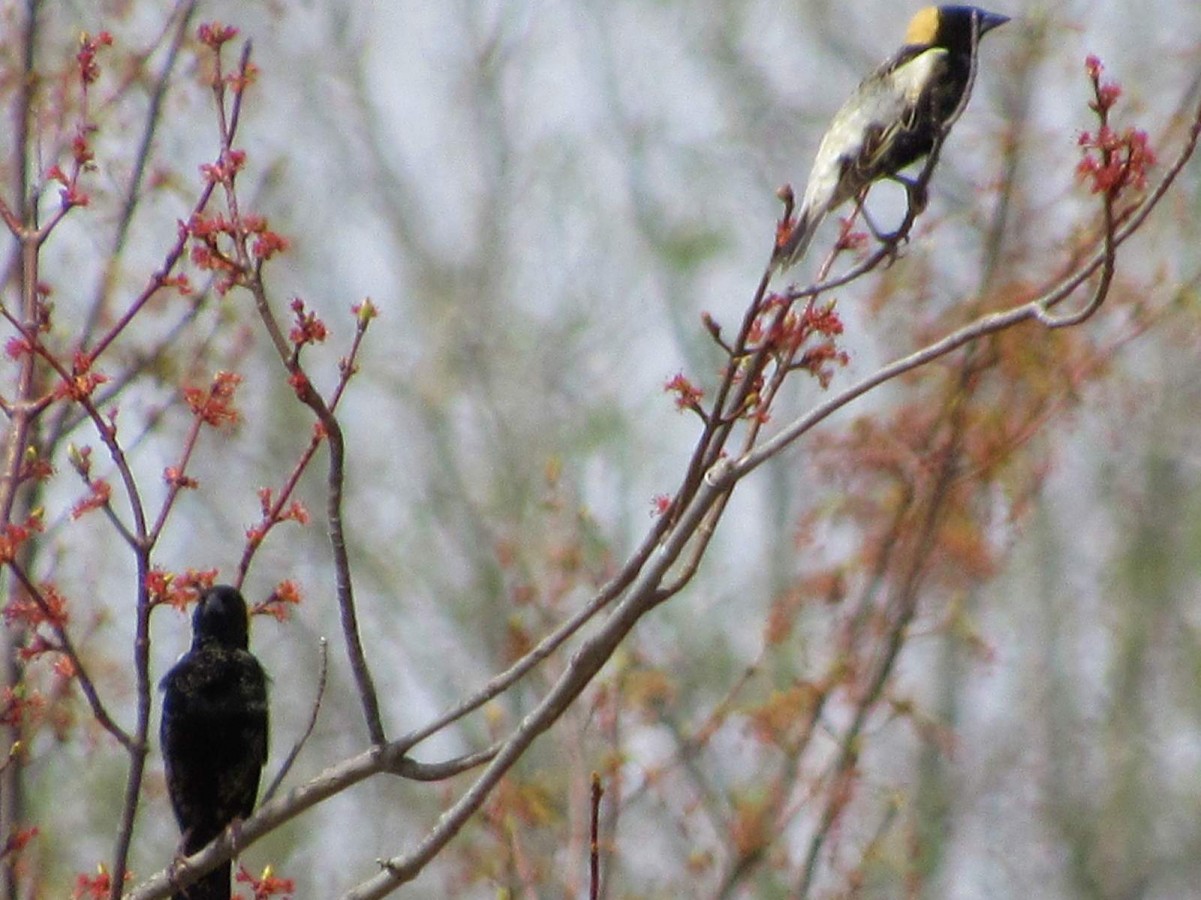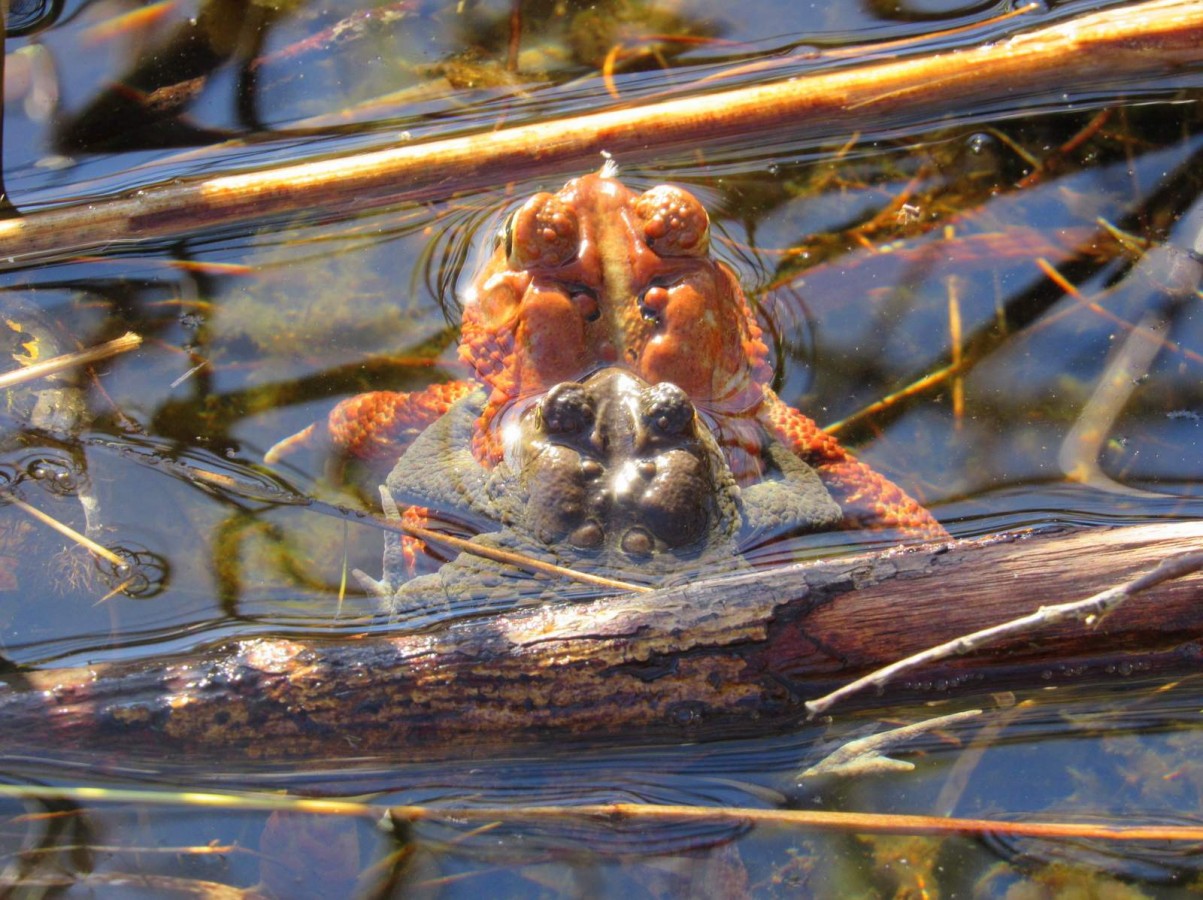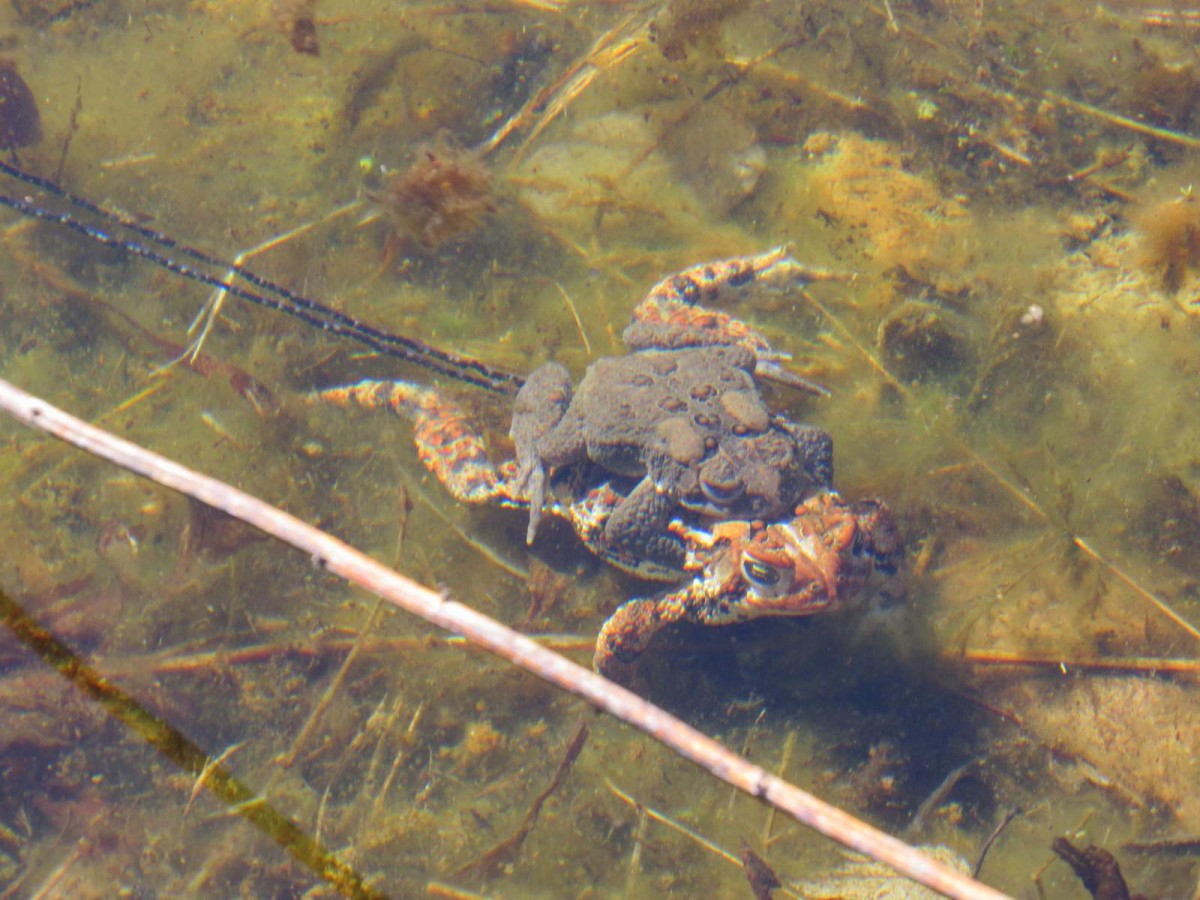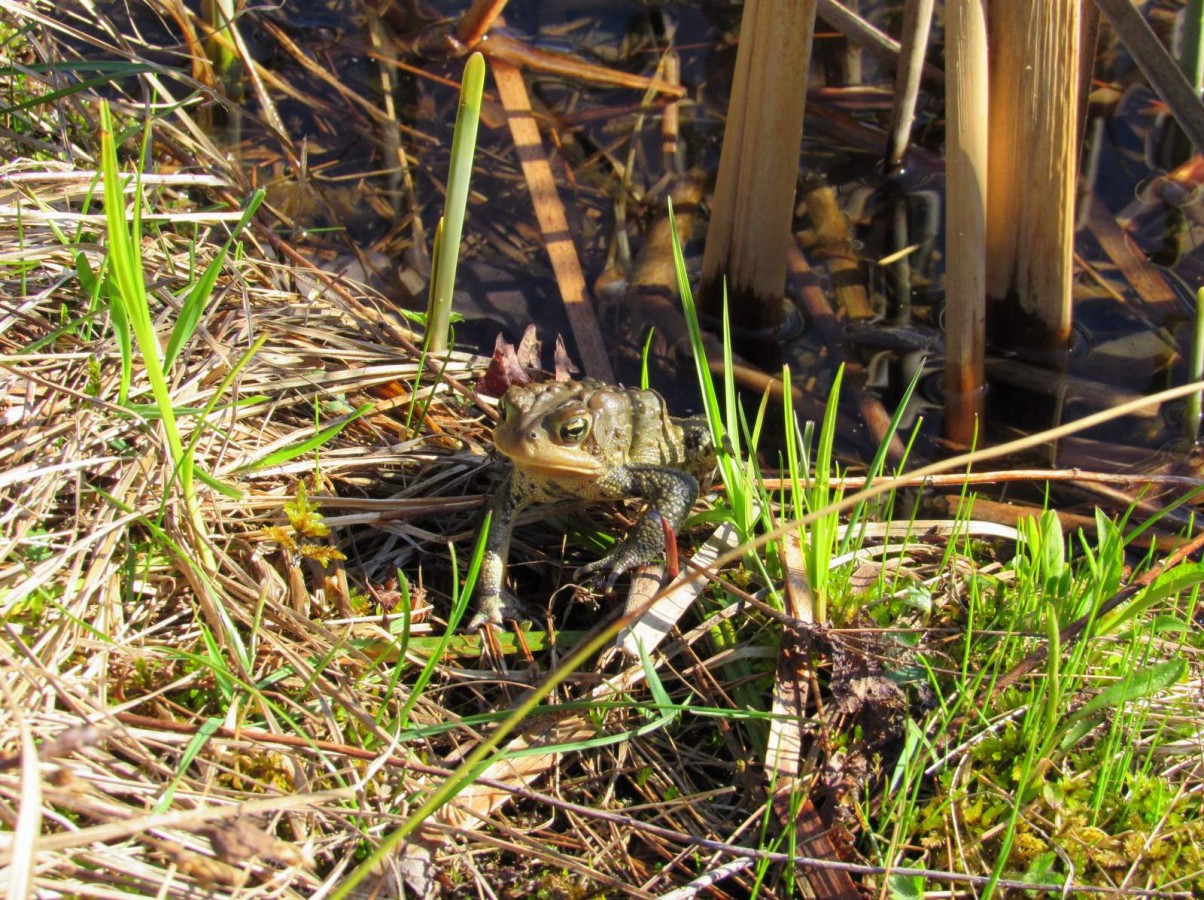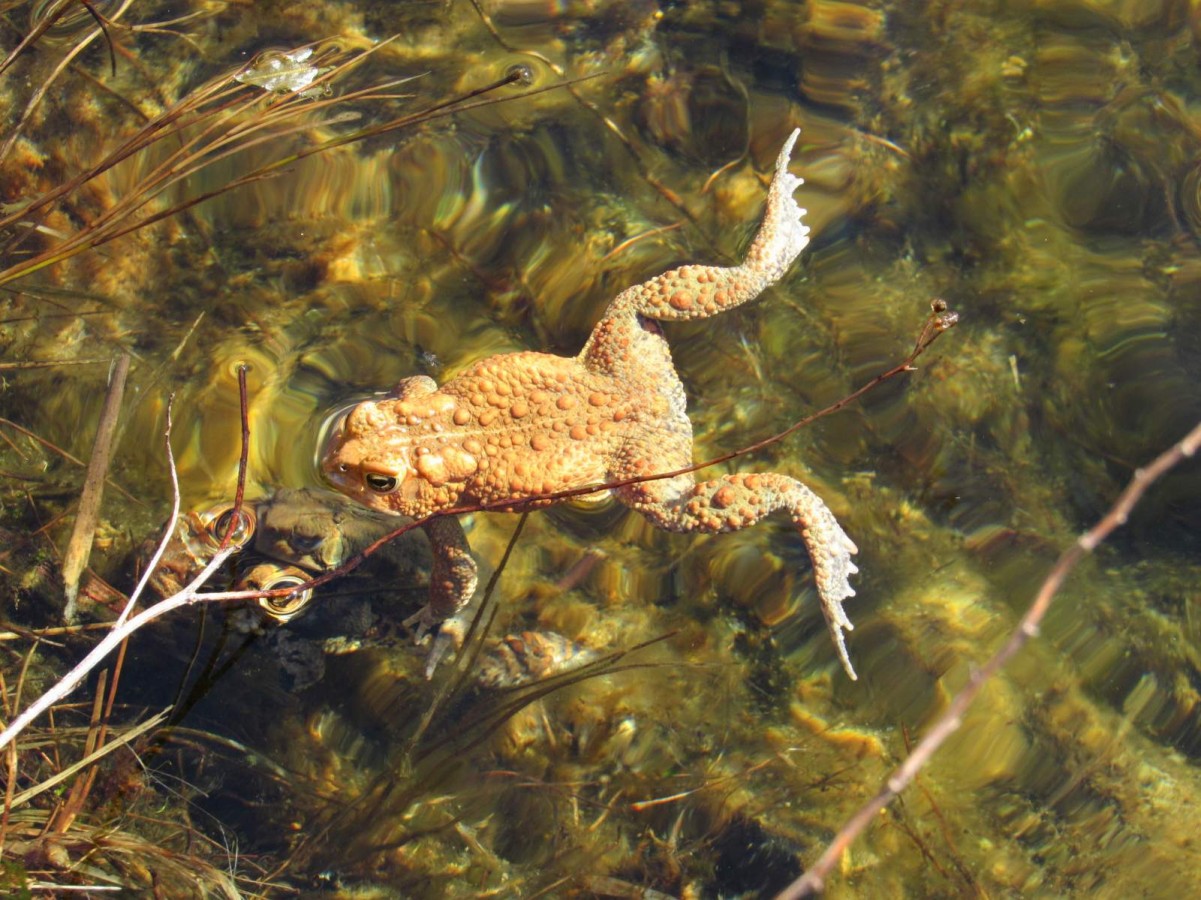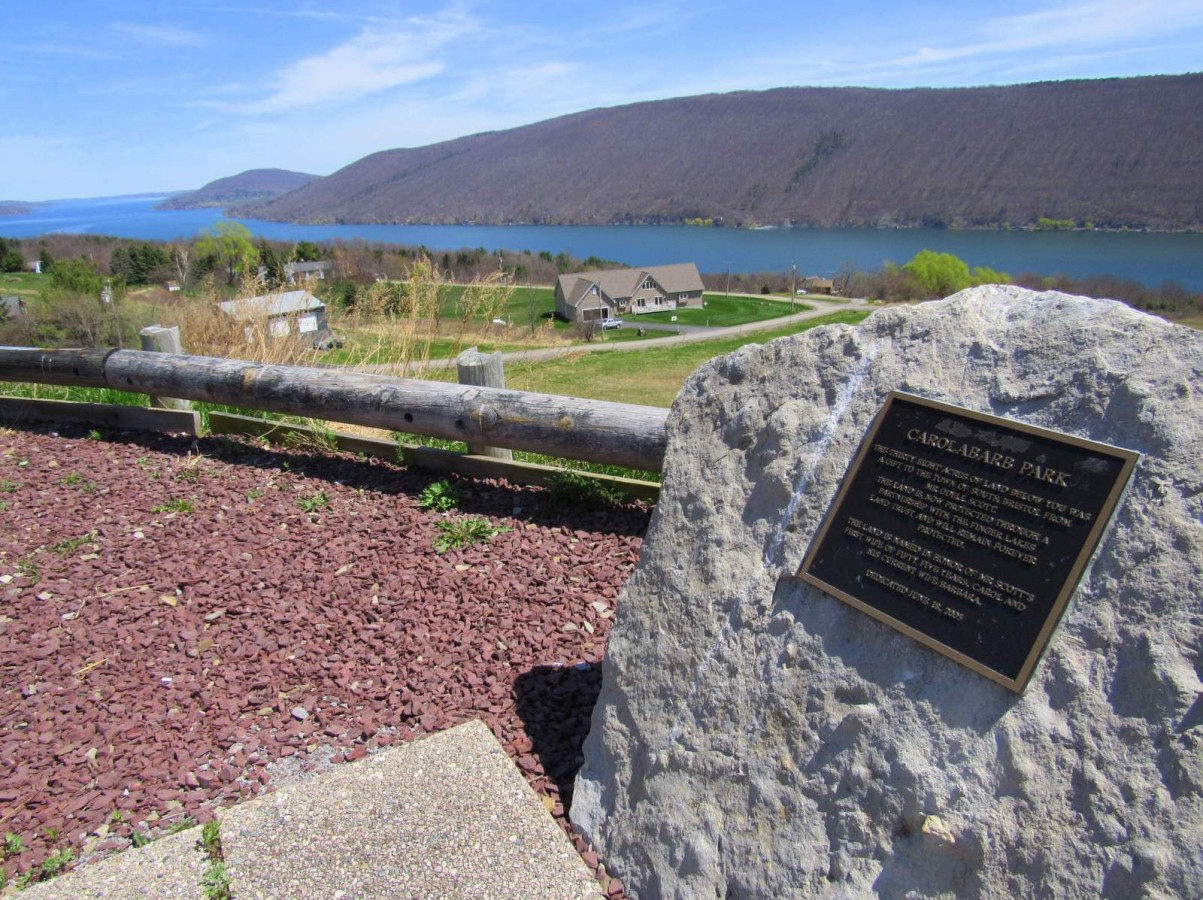Welcome to our special blog for the 10th Annual Spring Bird Quest. Mark Chao, the devoted Land Trust volunteer and creator of Spring Bird Quest, is leading a series of public events in May 2015. Mark will add a blog post to this page after each event. See a note from Mark.
Download the full species list with maps and location information.
Sunday, May 31, 2015
Final Spring Bird Quest Results
Today I visited the Goetchius Wetland Preserve in a last-ditch solo effort to raise my SBQ species tally. I didn’t find any new species in the cold morning mist, but I did get close to a swarm of 25 Barn Swallows and a few Tree Swallows, including the first juveniles I’ve seen this year. After foraging together inches above the field, the swallows descended to the asphalt of Flatiron Road, walking around with their little legs and apparently picking grit. I saw one scuffle, which ended when a swallow with pale female-type plumage subdued and mounted another.
- Barn Swallow. Photo: Mark Chao
- Barn Swallows. Mark Chao
I also found a Common Snapping Turtle laying eggs by the side of the road.
- Common Snapping Turtle. Photo: Mark Chao
- Common Snapping Turtle. Photo: Mark Chao
My final count for this Spring Bird Quest is 121 bird species, found over 27 visits to 19 Finger Lakes Land Trust preserves this month. I led group walks at 11 of these preserves, with around 90 individual attendees (or 135 if you count repeat participants each time). Additionally, I raised nearly $9,000 for bird habitat from donations or pledges per bird species found. This is the largest amount ever raised for Spring Bird Quest both in terms of the number of donations and the total dollar amount.
I thank you for joining me on the trails and here at the blog this month. I feel very lucky to have your support. And most of all, I thank everyone at the Finger Lakes Land Trust for preserving so many beautiful, life-sustaining places for the birds and all of us who love them.
Saturday, May 30, 2015
Ellis Hollow Nature Preserve
Twenty-one birders joined me here today for the final group walk of this SBQ .
Our best viewing, as expected, was along the power-line cut near the parking lot. Here we had long views of Chestnut-sided Warbler, Indigo Bunting, and Ruby-throated Hummingbird, plus glimpses of passing Cedar Waxwings and Chimney Swifts.
- Chestnut-sided Warbler. Photo: Mark Chao
- Dark-eyed Junco with food for nestlings. Photo: Mark Chao
In the woods, we saw only a few birds – a singing Blackburnian Warbler at the top of a hemlock tree, barely visible through a gap in the canopy; a pair of Dark-eyed Juncos both with caterpillars in their bills, waiting for us to leave before returning to their nest; and a Yellow-bellied Sapsucker also at a nest. We did hear many other unseen birds – a few Hermit Thrushes, a couple of Wood Thrushes, several Blue-headed Vireos, one Yellow-throated Vireo, many Red-eyed Vireos, Black-throated Green Warblers, and others. I think that the vireos provided the month’s best lesson in the subtle distinctions in their songs. At one point, two Red-eyed Vireos conveniently sang at the same time as an American Robin too.
- Suan Yong with his infrared camera. Photo: Mark Chao
- Our group at Ellis Hollow Nature Preserve. Photo: Mark Chao
Suan Yong found the sapsucker nest with his infrared camera. It was hugely fun to watch Suan using this device to find warm-blooded life in the shadowy woods. He even found a bee, stationary on a branch. I had previously thought of individual insects as strictly ectothermic, but some cursory web research indicates that I was quite wrong. Various insect species, especially bees, thermoregulate. They do not maintain a high temperature all the time, but can warm themselves up quickly when they need to. A bumblebee can warm up its body from an ambient air temperature of 55 degrees Fahrenheit up to 98.6 degrees Fahrenheit in just six minutes!! (See Heinrich, B. and Esch, H., American Scientist, Volume 82, page 164. And see also Suan’s very entertaining blog at http://infrared-birding.blogspot.com/.)
Running SBQ tally: 121 bird species
Friday, May 29, 2015
Logan Hill Nature Preserve
Today Betsy Darlington took me to the Land Trust’s newest preserve, the Logan Hill Nature Preserve in Candor. Betsy and her husband Dick purchased the property in 1972, then donated almost all of it to the Land Trust in February 2015. The preserve encompasses 285 stunningly diverse and biologically rich acres of woods, wetlands, and meadows along Logan Hill Road. It is only 29 minutes from downtown Ithaca and 44 minutes from Binghamton.
We had exciting encounters with many birds – two agitated Ovenbirds near a presumed nest site (we didn’t stay long); a Blue-winged Warbler alternating among normal two-note songs and variants with broken first or second notes; Hooded Warbler, Prairie Warbler, Yellow Warbler, and Black-and-White Warbler also singing right by the road; Hermit Thrushes filling the forest with glorious sound from three directions, like an antiphonal choir in a cathedral; and much more.
- Yellow Warbler. Photo: Mark Chao
- Prairie Warbler. Photo: Mark Chao
But the bird highlight above all was my first American Woodcock in the 10-year history of the SBQ. This bird flushed up from the leaf litter right next to us, fanning a striking orange tail with contrasting black and white terminal bands. It settled again about 50 meters away, where we watched it watching us with a very large, wary eye. It was only the second woodcock I’ve ever seen at rest by day.
We also saw at least 12 species of butterflies – Red Admiral, White Admiral, Mourning Cloak, Black Swallowtail, Tiger Swallowtail, Pearl Crescent, Juvenal’s Duskywing, Little Wood-Satyr, Spring Azure, Clouded Sulphur, Silver-spotted Skipper, and one or more orange skipper species. I am looking forward to returning later in the summer to look for butterflies again. I think that the gravel road will be full of them, especially when the rain leaves some puddles behind.
- Red Admiral. Photo: Mark Chao
- Mourning Cloak. Photo: Mark Chao
(Speaking of puddles, this Green Frog could really have used one, but seemed instead to be at grave risk of drying to death on the sun-baked gravel. Betsy picked it up and placed it by one of the many small ponds on the property.)
Betsy pointed out a grand old oak tree, seven feet wide at the base, with six wide trunks radiating from it into the sky. And all morning long, she taught me about other plants on her beloved land – their names, their distinguishing qualities, and their stories of dispersal and roles in changing landscapes over time. Just pronouncing their names evokes the wonderful diversity of their colors and shapes and smells and habitats – sassafras, columbine, golden ragwort, Veronica sp., wild geranium, sweetfern, sweet flag, Solomon’s plume, black ash tree, tupelo tree, cucumber tree, and on and on.
- Oak tree with six trunks. Photo: Mark Chao
- Solomon’s plume. Photo: Mark Chao
My thanks to Betsy for her wonderful company and guidance today, and to both her and Dick for donating such a truly special place to the Land Trust!
Running SBQ tally: 121 bird species
Monday, May 25, 2015
Goetchius Wetland Preserve
24 species found, including Sora, Bobolink, Willow Flycatcher, and Alder Flycatcher.
The early-morning Memorial Day grassland bird show was excellent here as usual. We saw a pair of Bobolinks descending together to a presumed nesting or trysting site on the ground, plus three other males perched up in song. We also saw a Savannah Sparrow and an Eastern Meadowlark.
We got an excellent lesson in “Traill’s” Flycatcher songs, with several Willow Flycatchers and Alder Flycatchers all in full voice. We saw about 60 Cedar Waxwings foraging and streaming from tree to tree and across the road in a few loose flocks. And from the wetland itself, we got the biggest surprise of the SBQ so far – a Sora, issuing both its high squealing whinny and its song of similar structure but lower, richer tone.
Roy H. Park Preserve, Baldwin Tract
29 species found, including Blackburnian Warbler, Prairie Warbler, Magnolia Warbler, Black-throated Green Warbler, and Louisiana Waterthrush.
Our group of 20 included three very special guests – Frank and Blythe Baldwin, the former longtime owners and protectors of the property, and Miyoko Chu, my wife and constant supporter for the SBQ and everything else.
- SBQ at the Roy H. Park Preserve, Baldwin Tract. Photo by Miyoko Chu.
- Along Six Mile Creek in the Baldwin Tract. Photo by Miyoko Chu.
For me, the defining aspect of this walk was the delightful, humbling, sometimes vexing challenge of sound ID of atypically-vocalizing birds. First we heard a very high-pitched song consisting of a few straight notes followed by some faster tripping ones. The notes had a pinched, forced quality and sometimes the song would rise. I remembered watching and photographing a bird singing just such an unusual in-between repertoire here eleven days ago. So I declared it a Blackburnian Warbler. Then Miyoko saw a Golden-crowned Kinglet. Ken Kemphues played this species’ song on his mobile device. It was an exact match.
Further along the trail, we again heard a very high two-part song, just like the other one with straight notes and a short tripping half-trill. Many of us visually confirmed this one as a splendid male Blackburnian Warbler. So, crazy as it seems, I have to conclude that we have two species singing indistinguishable songs within earshot of each other in the preserve. And I think the spruces that Frank and Blythe had planted here many years ago, when the place was just an old untended cornfield, have now grown tall enough for Blackburnians to breed here.
Our second sound ID challenge was yet more puzzling – and it had an even more mind-blowing resolution. For about 20 minutes, we approached a bird issuing a high, pure “chu-wee” call, once every 30 seconds or so. I said I thought it was a Yellow-bellied Flycatcher because it was too simple and pure and short to be anything else, including a goldfinch or an Eastern Wood-Pewee (even considering that this species’ song is sometimes abbreviated to two syllables, especially late in the breeding season). Ken played the call of Yellow-bellied Flycatcher on his app – again, a perfect match. But I hedged because it seemed to be coming from the tops of hardwood trees, loudly and repeatedly as if from a singing bird on a territory.
Want to guess what it was?
Ken and another participant eventually saw the bird making that repeated, pure, rising two-syllable sound. It was an utterly atypical Red-eyed Vireo. I have found nothing remotely similar to this vocalization in any online audio library, nor in the Birds of North America account.
Maybe some local sound recordist ought to go check this place out.
Running SBQ tally: 118 bird species
Sunday, May 24, 2015
Lindsay-Parsons Biodiversity Preserve
55 species found, including Black-billed Cuckoo, Yellow-billed Cuckoo, Hooded Warbler, Blue-winged Warbler, Chestnut-sided Warbler, Black-and-white Warbler, Brown Thrasher, Green Heron, and Pied-billed Grebe.
The highlight of our group walk – indeed, for many of us, a veritable highlight of our birding lives so far – was an escalating sequence of Black-billed Cuckoo encounters.
First we heard one repeatedly calling nearby, but it refused to show itself or even to divulge its identity with a definitive vocalization. But then we saw one Black-billed Cuckoo on a low open branch in the island of trees at the bottom of the big slope. This bird stayed put for fine scope views. Another cuckoo streamed into view, chasing the other up into a nearer tree. We could see both birds together at rest. More commotion ensued. A couple of our group members conclusively saw a third cuckoo in the scuffle. And then two Black-billed Cuckoos dashed into a shrub right in front of us, and then into another, where at once they provided more excellent views while also proving their incredible capacity for concealment.
- Black-billed Cuckoo. Photo by Suan Yong.
- Black-billed Cuckoo. Photo by Suan Yong.
It was all just way beyond perfect, with all the rewards of birding wrapped up together – the thrill of an unusual find, the drama of unfolding interactions, the sheer pleasure of watching something very beautiful, and the human bonding from sharing all of this as a group.
Running SBQ tally: 115 bird species
Saturday, May 23, 2015
Dorothy McIlroy Bird Sanctuary
41 species found, including Bald Eagle, Broad-winged Hawk, Alder Flycatcher, White-throated Sparrow, Black-throated Green Warbler, and Black-billed Cuckoo.
It was difficult to see birds in the cold, dark hemlock woods, but preserve steward Nick Gavrielides and young Martin Alani pointed out many exquisite wildflowers, including pink lady’s slipper orchids. We had our best bird viewing along the edges of the parking lot and adjacent grassy area. Here we saw one adult Bald Eagle, a soaring Broad-winged Hawk, a Chestnut-sided Warbler, an Indigo Bunting, a splendid Baltimore Oriole, copulating Tree Swallows, and more. We repeatedly heard a Black-billed Cuckoo from various spots spanning 120 degrees around our vantage point. Paul Anderson saw this bird and another cuckoo chasing each other across a gap, but despite much concerted effort, we didn’t see these birds again.
- Bald Eagle. Photo by Mark Chao.
- Pink lady’s slipper (Cypripedium acaule). Photo by Mark Chao.
Running SBQ tally: 108 bird species
Saturday, May 16, 2015
VanRiper Conservation Area
Today I joined a mighty throng, 22 strong, at the VanRiper Conservation Area. Lyn Jacobs and the Eaton Birding Society organized and led our walk. Established by the Land Trust in 2011, this preserve comprises 68 acres of mixed forest, streams, and early successional scrub on a slope overlooking the west shore of Cayuga Lake. VanRiper and the Land Trust’s adjacent 13-acre Whitlock Nature Preserve together contain 1900 feet of shoreline.
We found an impressive variety of birds, including a mix of warblers to rival the diversity at much larger sanctuaries – Hooded, Mourning, Bay-breasted, Prairie, Magnolia, Blackburnian, Blackpoll, Chestnut-sided, Tennessee, Blue-winged, Northern Parula, American Redstart, and Common Yellowthroat. From among these, despite much effort, most of us managed to see only the Common Yellowthroat and Bay-breasted Warblers. Not surprisingly, the Tennessee Warblers were especially vexing – very loud and right nearby in several spots, but stubbornly, defiantly invisible. (Tapered, green, and less than 5 inches long, Tennessee Warblers are just about the same shape, color, and size as thousands of ovate leaves in the canopy.)
Still, who could complain about “merely” hearing 11 of 13 warbler species along these beautiful trails and roadsides? And where else could one find all those warblers in the trees AND six Red-breasted Mergansers out on the lake? I think that our throng joined me in feeling our glass not 11/13 empty, nor even 2/13 empty, but 13/13 full.
Running SBQ total: 99 bird species
Thursday, May 14, 2015
Roy H. Park Preserve
- Prairie Warbler. Photo: Mark Chao
- Magnolia Warbler. Photo: Mark Chao
- Nashville Warbler. Photo: Mark Chao
- Common Yellowthroat. Photo: Mark Chao
- Blackburnian Warbler. Photo: Mark Chao
- Ovenbird. Photo: Mark Chao
Saturday, May 9, 2015
Bahar Nature Preserve and High Vista Nature Preserve
Two vociferous Chestnut-sided Warblers greeted our group of ten as we gathered for this morning’s walk at the Bahar Nature Preserve. As we watched one warbler singing before us, another bird crossed into view. This one was plain, gray, and silent, but the streaks converging on her throat clinched a very exciting ID – it was a Cape May Warbler, my second ever in ten years of the SBQ.
We started out at the NYS DEC’s Carpenter Falls Unique Area, on a tract that the Land Trust conveyed to the state in 2008. After checking out the falls, we turned and walked along the edge of the Bear Swamp Creek ravine toward Skaneateles Lake. We found many Black-throated Green Warblers, almost all singing only their so-called accented song – “zeezeezeezoozee.” This song typically predominates early in the season, with the unaccented “zooozeeezoozoozee” song becoming more prevalent after pairs form.1
We also found seven other warbler species – Black-throated Blue, Magnolia, Pine (a little late for a passage migrant and out of place for a breeding bird), Northern Parula, American Redstart, Common Yellowthroat, and Ovenbird – for a nice round 10 for the preserve. Veeries seemed close behind the Black-throated Greens for ubiquity and high-quality viewing along the trail.
Our second group walk took place at the High Vista Nature Preserve at the south end of the lake. Along Vincent Hill Road, Becky Hansen, preserve steward John Sutton, and I found six singing warbler species: Hooded, Blackburnian, Blue-winged, Chestnut-sided, American Redstart, and Common Yellowthroat. Alerted by a twangy exchange of “chick-brrr” calls, we also spied two brilliant male Scarlet Tanagers brawling for the attention of a green female.
- Scarlet Tanager. Photo: Mark Chao
- Louisiana Waterthrush. Photo: Mark Chao
Along the blue-blazed trail, we had the morning’s longest, most satisfying sighting – a Louisiana Waterthrush pealing its song dozens of times in a streamside tree. And a Ruffed Grouse broke my two-year SBQ drought when it flushed up from the forest floor with a heart-stopping thrum of beating wings.
As we walked, John pointed out some glistening wet patches. They looked to me like plain old mud puddles, but John explained that they were actually springs, just a few of many along the slope. Here, having filtered down through the highlands above, water emerges at the surface and flows together into little streams, then larger creeks, and ultimately Skaneateles Lake itself.
- Springs at High Vista NP. Photo: Mark Chao
- Creek at High Vista, flowing into Skaneateles Lake. Photo: Mark Chao
Skaneateles Lake is the source of municipal drinking water for Syracuse, as well as Skaneateles and a few other towns and villages. About 37 million gallons of water are withdrawn per day from the lake by utilities for public use.1 The lake’s water is so clear that it does not need filtering, saving Syracuse and Skaneateles an estimated $64 million – $76 million in the avoided cost of a filtration plant.2
Clean water requires a healthy watershed, which in turn requires protection of land. Syracuse once had a program to purchase conservation easements from landowners, but that activity has ceased since 2008. So, in establishing and maintaining Bahar and High Vista, the Land Trust fills a vital need not only in preservation of wildlife and scenic places, but also in protecting our water, the very stuff of our own lives.
Sources cited:
- Morse, Douglass H. and Alan F. Poole. 2005. Black-throated Green Warbler (Setophaga virens), The Birds of North America Online (A. Poole, Ed.). Ithaca: Cornell Lab of Ornithology; Retrieved from the Birds of North America Online: http://bna.birds.cornell.edu.proxy.library.cornell.edu/bna/species/055doi:10.2173/bna.55
- http://www.syracuse.ny.us/pdfs/Water/Skaneateles%20Lake%20data.pdf
- http://water.epa.gov/infrastructure/drinkingwater/sourcewater/protection/casestudies/upload/Source-Water-Case-Study-NY-Skaneateles.pdf
Running SBQ total: 75 bird species
Tuesday, May 5, 2015
Goetchius Wetland Preserve
We most often encounter Spotted Sandpipers at the water’s edge, bobbing their tails as they walk here and there. Eventually, they take flight with stiff, shallow, shuddering wingbeats, as if barely able to stay above the water, uttering simple peeping vocalizations. They are certainly among our most distinctive shorebirds. Some birders would call them cute. Others might deem them comical, awkward, or downright odd.
But at the Goetchius Wetland Preserve today, I saw Spotted Sandpipers in a completely new way. One perched up on a rock, chest and shoulders thrust forward, and let out a long, virtuosic song as musical as that of any passerine. After a few seconds, I spied a potential mate watching raptly, just below on the ground. Later I saw these two birds flying together in a dramatic sweeping arc across the whole back fence of the preserve, without labored shuddering wingbeats, but rather with power and grace that I never would have thought possible with this species.
Spotted Sandpipers sometimes employ a breeding strategy called polyandry, in which females can have multiple mates. Females arrive first on their breeding territories and fight viciously, pecking at each other’s eyes and in some cases, breaking legs and wings. When males arrive, females sing and display. Then after mating, the male takes the lead in incubating eggs and tending hatchlings.
But in some cases, female Spotted Sandpipers remain monogamous through the season and share more actively in tending the eggs and young. Males sometimes display to females and defend territories from each other. So we can’t really say who performed the song today, male or female, and who stood by and watched. And now I understand that our outwardly odd Spotted Sandpipers are creatures not only of drama and grace and musical virtuosity, but of mystery as well.
I also found a Greater Yellowlegs, a trio of oxymoronic Solitary Sandpipers, three male Bobolinks, Eastern Meadowlarks, Savannah Sparrows, Eastern Kingbirds, and a few other new species for this SBQ. Bobolinks are polygynous – essentially the mirror image of the polyandrous Spotted Sandpipers with regard to the role of each sex in breeding. Today’s Bobolinks sang often but didn’t seem aggressive toward each other yet, even resting together in a small tree for a couple of minutes. It seems that there aren’t yet any females around to fight over.
- Solitary Sandpiper. Photo: Mark Chao
- Bobolinks. Photo: Mark Chao
Running SBQ total: 52 species
Saturday, May 2, 2015
Wesley Hill Nature Preserve, Carolabarb Park, and West River Preserve
Eleven birders joined me at 8:00 AM for the month’s first group walk, at the Wesley Hill Nature Preserve between Honeoye and Canandaigua Lakes. I think we must have set a SBQ record for the widest range of attendees’ starting points, from Irondequoit to Ithaca to Slingerlands to Queens, spanning across almost the whole state from north to south and east to west.
We found 39 species of birds. In the hemlock woods high above Briggs Gully, a Hermit Thrush perched on a low branch for long scope views. A Blue-headed Vireo and a Black-throated Green Warbler sang nearby. Elsewhere in the patchwork of clearings and various successional stages of forest, we found a wide range of woodland species (including Brown Creeper, Pileated Woodpecker, and Veery, presumably a very recent arrival) and birds of brushy edges (including my first Common Yellowthroat and Gray Catbird of the year). We spent several minutes patiently approaching a Brown Thrasher, whose endlessly varied song we heard over maybe a half a mile along this trail. We never got a look.
- American Toads in amplexus. Photo: Mark Chao
- American Toads in amplexus underwater, with female laying egg strings. Photo: Mark Chao
But the surpassing highlight of the day – indeed, one of the top few experiences I’ve had in these 10 years of the SBQ – had nothing at all to do with birds. The stage was the old farm pond along the red-blazed trail near Gulick Road. And the players were American Toads (Bufo americanus).
It was hard to count them precisely. We could see at least 200 toads at the surface. Upon closer examination, we saw many more underwater. So I think there were at least 400 toads, or quite possibly more than a thousand, just in the near half of this little pond. Before today, I had thought that all American Toads were pretty much the same dull shade of brown. But these toads showed a dazzling variety of colors, from dark olive to bright auburn to very pale beige.
- American Toad (Bufo americanus). Photo: Mark Chao
- American Toad. Photo: Mark Chao
Many of these toads were locked in the mating position called amplexus, in which the male clamps tightly onto the female’s back. As she lays her eggs in long strings in the water, he is thus well positioned to fertilize them. The water must have been full of hundreds of thousands of eggs and millions of sperm. In a couple of weeks, the place is going to be just fizzing with tadpoles.
American Toads are special to my wife Miyoko Chu and me because she spent a summer studying them under the direction of Professor Bruce Waldman at Harvard long ago. Waldman’s team determined that toads tend strongly to breed in the same ponds, generation after generation. Via integrated analysis of both DNA and sound, Waldman and his collaborators discovered furthermore that returning toads avoid breeding with siblings through distinctions among the vocalizations in different family groups.
After we finished at Wesley Hill, I got a few takers for short visits to two other Land Trust properties nearby. First, we went to Carolabarb Park, a 38-acre tract that Odell Scott donated to the Town of South Bristol, subject to a partnership with the Land Trust that ensures the land’s protection in perpetuity. Here we again heard and again failed to see a singing Brown Thrasher. Mostly, though, we were content just to enjoy the interfaces of sky, wooded slopes, and deep blue waters of Canandaigua Lake extending several miles north. It’s unquestionably the most stunning lake vista I’ve seen in our region.
- View from Carolabarb Park. Photo: Mark Chao
- Toad grape garden gnome by Monica’s Pies. Photo: Mark Chao
We made our last stop at yet another Land Trust property, the West River Preserve, just a few miles away. Contiguous with the High Tor Wildlife Management Area of the New York State Department of Environmental Conservation, this preserve comprises 64 acres of grasslands and a wooded corridor, with a few views of the neighboring marsh. I was greatly surprised not to pick up any new species here. Maybe I should have gone to listen at dawn. I bet I would have heard rails and maybe a bittern or two.
Between the last two preserves, we paused for a snack at Monica’s Pies, a renowned purveyor of Concord grape pie, a regional specialty. It was surprisingly balanced — not too strong like fresh Concord grapes, and not too sweet like grape jelly. I liked it enough that I bought a whole pie to take home. And we all thought the garden gnome guarding the premises seemed a fitting capstone symbol of our day. I almost wanted to take it back to that pond at Wesley Hill.
Running SBQ total: 39 bird species
A Note from Mark
Welcome to the 10th annual Finger Lakes Land Trust Spring Bird Quest (SBQ). I’m looking forward to sharing my sightings and stories here throughout the event.
The SBQ has a few purposes. The first is to spread the word about the Land Trust’s role in preserving vital habitat for the birds we love. Look around the rest of the Land Trust’s website to find details about more than 30 preserves, their natural history, and the stories of these lands came to be protected.
The SBQ also aims to bring people together to witness birds on the land firsthand. In the past, I’ve held the event only on Memorial Day weekend, but this year, to celebrate the 10th SBQ, I will conduct SBQ activities on all five weekends of May 2015, leading no fewer than eight public walks on Land Trust preserves. All walks are free. You can find the schedule and directions here.
The final defining purpose of the SBQ is to raise funds to support the Land Trust’s continuing work. I count bird species at Land Trust preserves over the SBQ period, raising pledge money per species. Usually I’ve found between 90 and 100 species on Land Trust preserves over Memorial Day weekend, so a $0.25 pledge per species has meant about $25 and $1/species has meant about $100 for the Land Trust. This year, giving myself the whole month of May, I expect to find 120-150 species.
Proceeds from the first nine SBQs have exceeded $35,000. I have a crazy hope of raising $10,000 for the 10th SBQ, from at least 100 donors. Can you help us to achieve this goal by considering a pledge, and by spreading the word? Contact Edie Jodz at the Land Trust to make a pledge per species. It’s also easy to pledge a flat amount online. (If you do give online, please check the box and mark your gift in honor of the SBQ.)
Spring is here! Bring on the birds!

